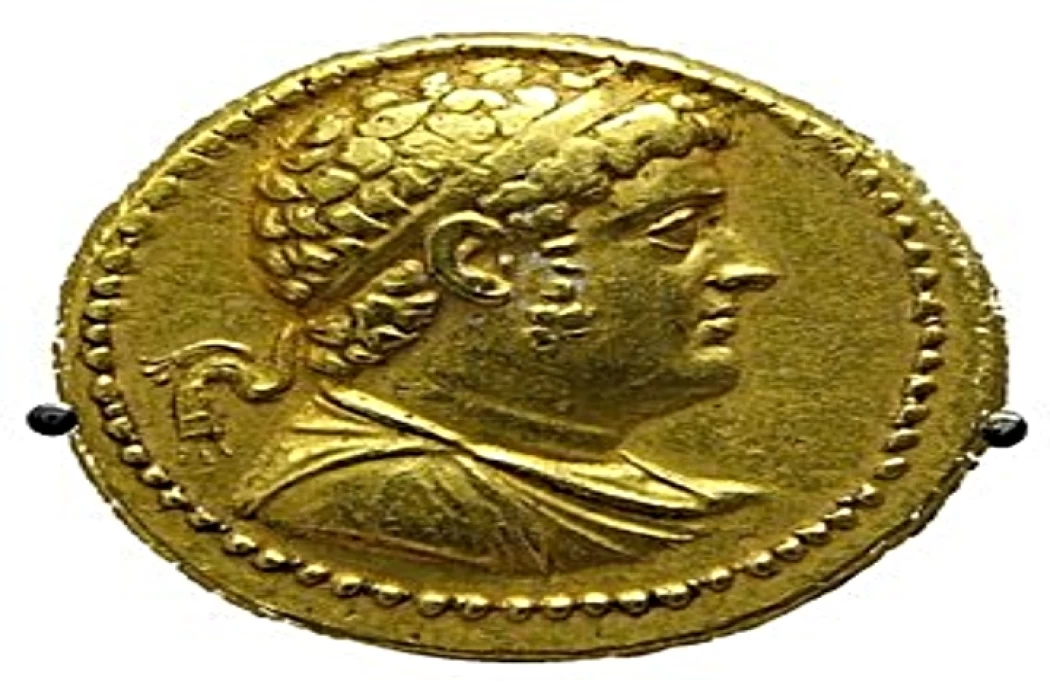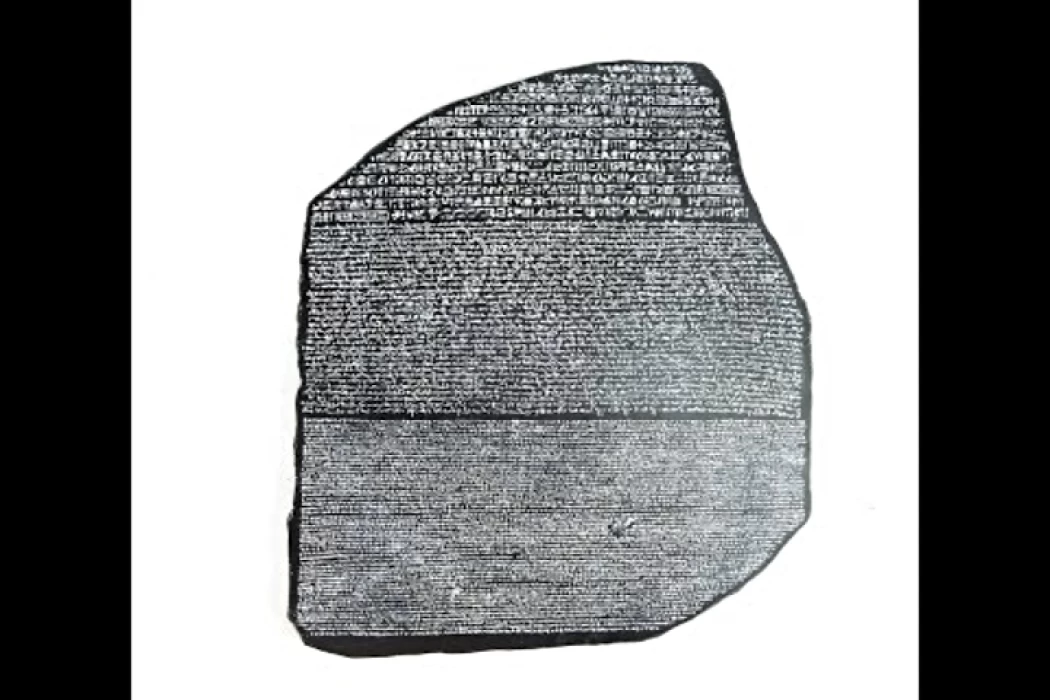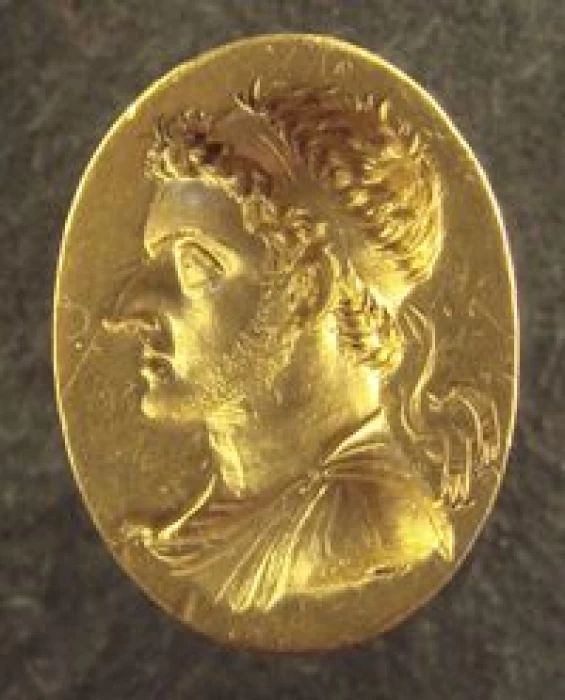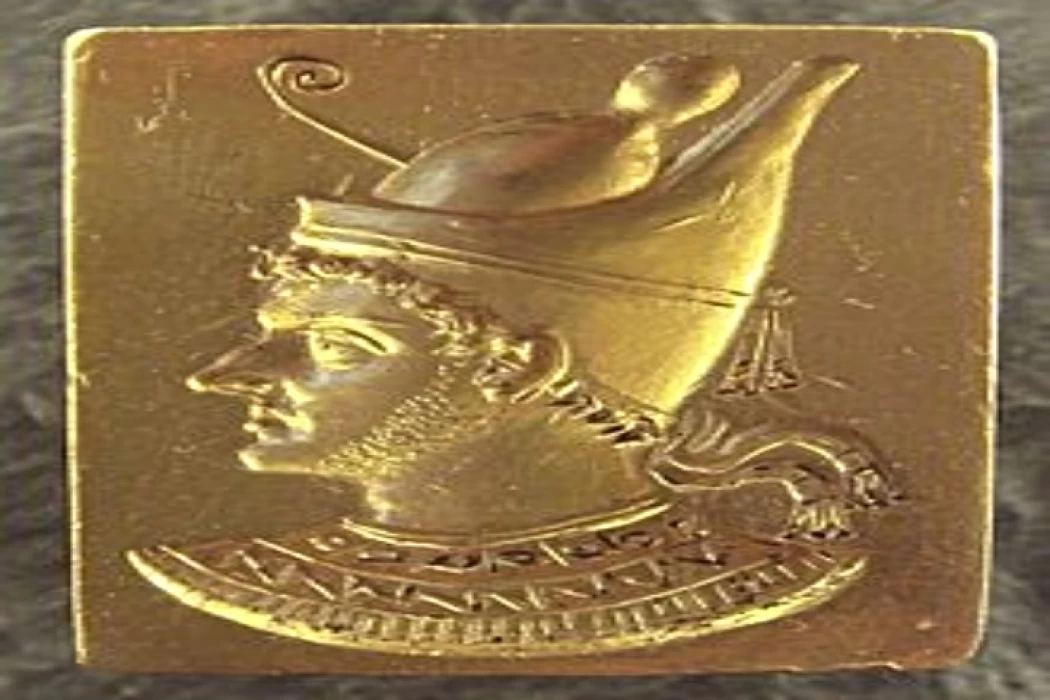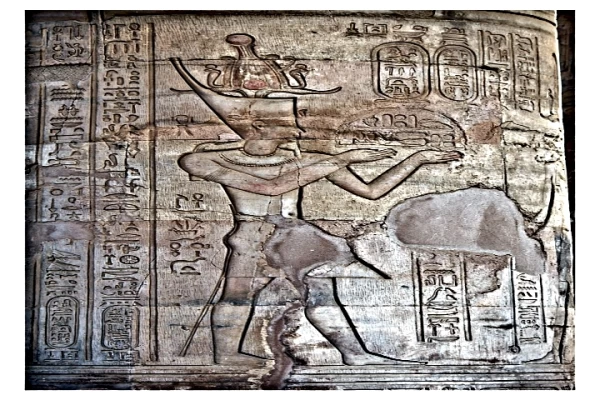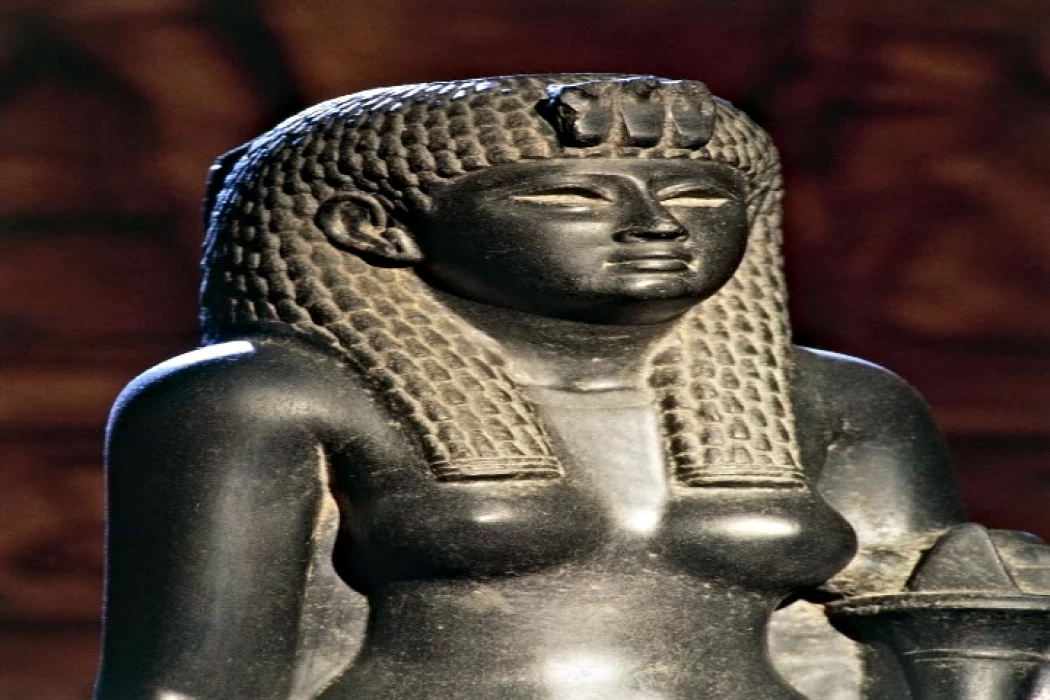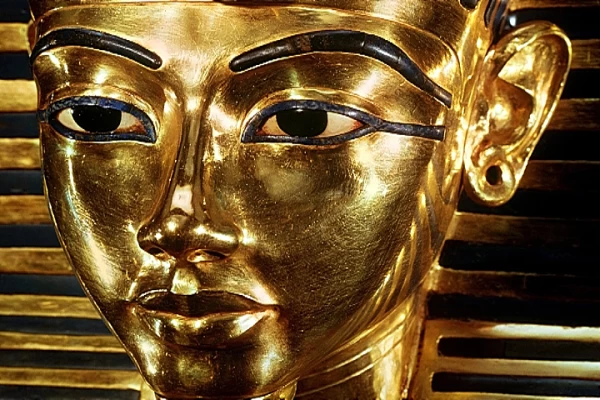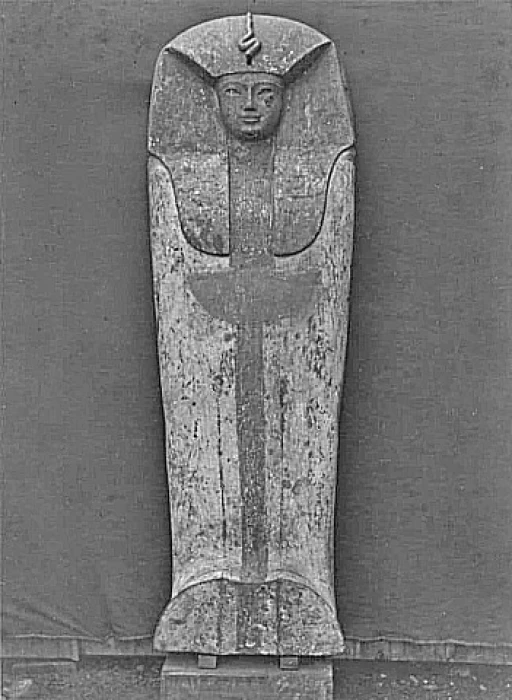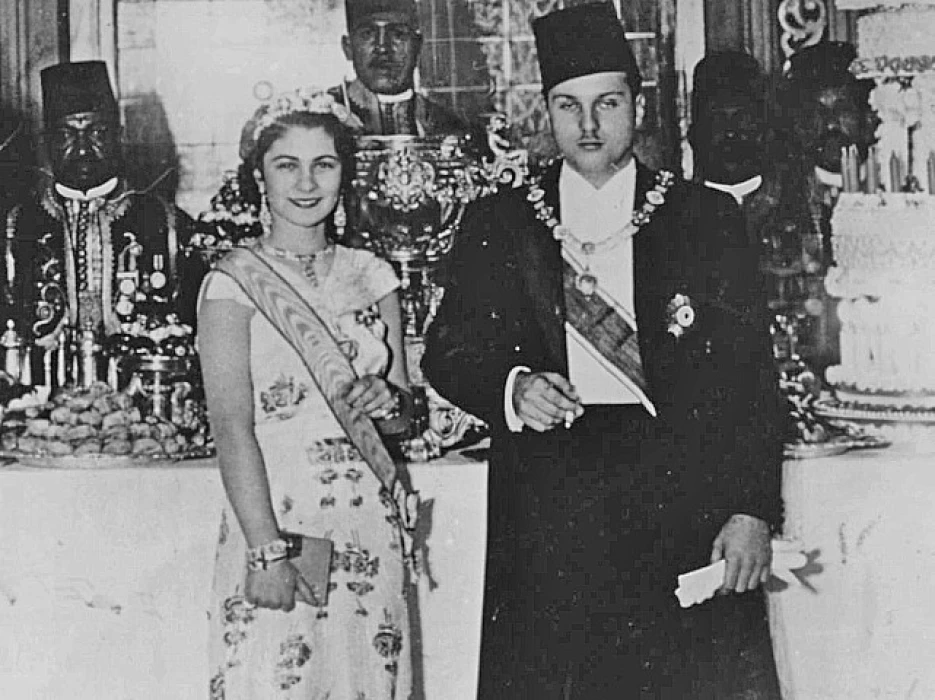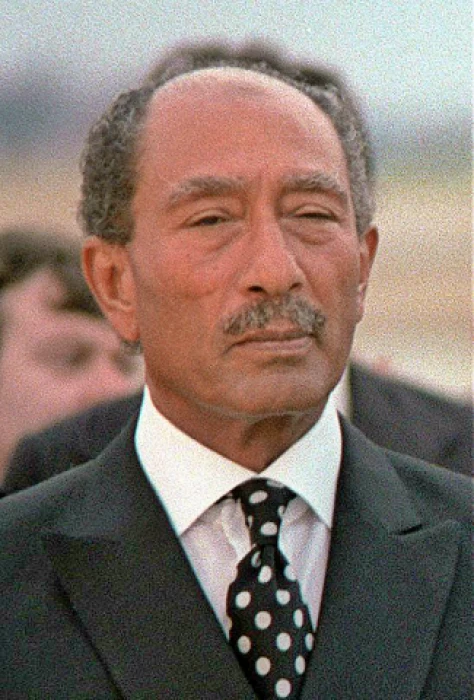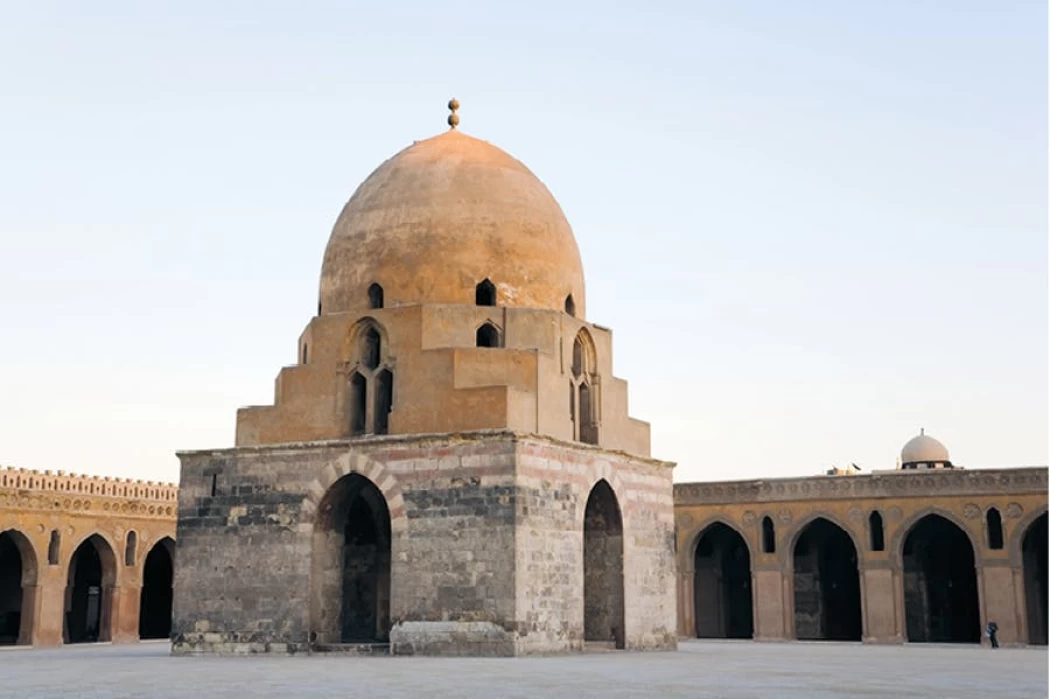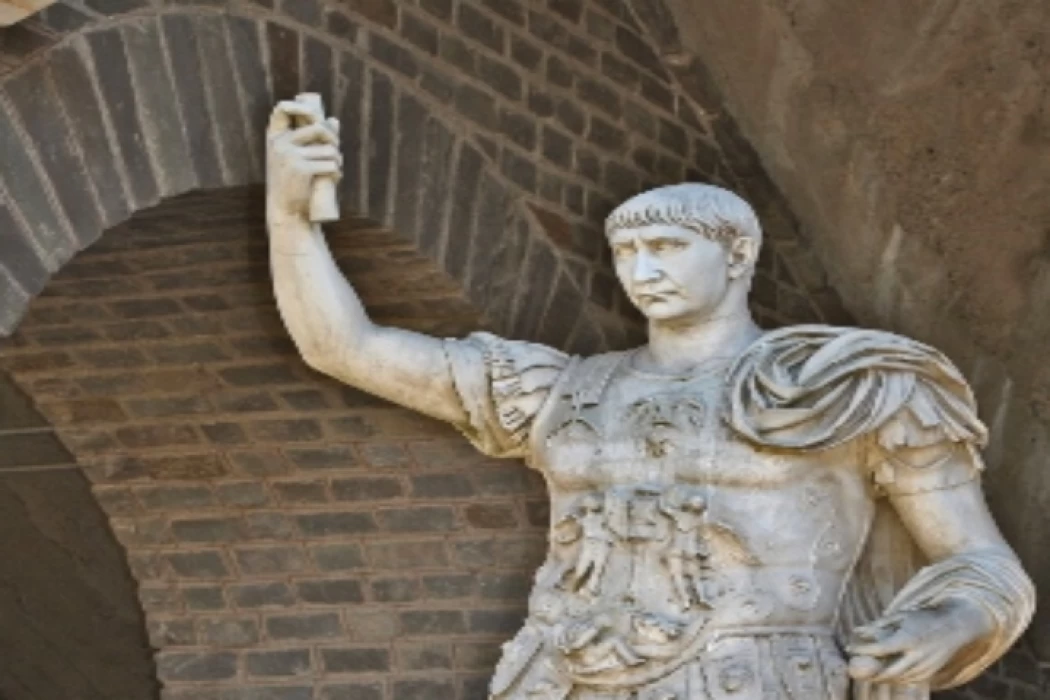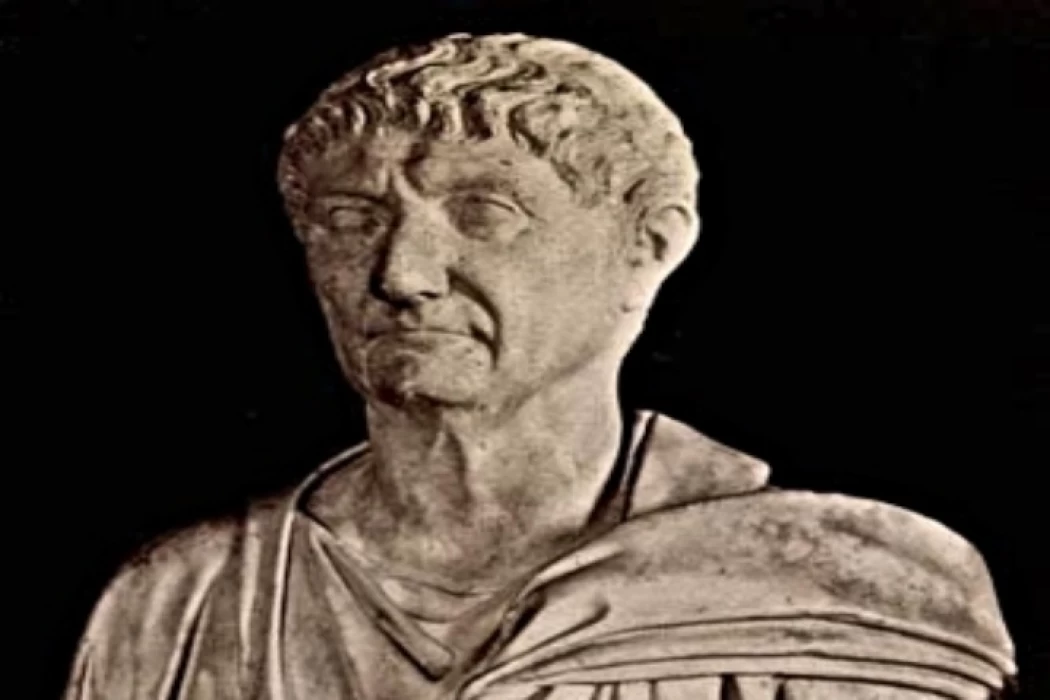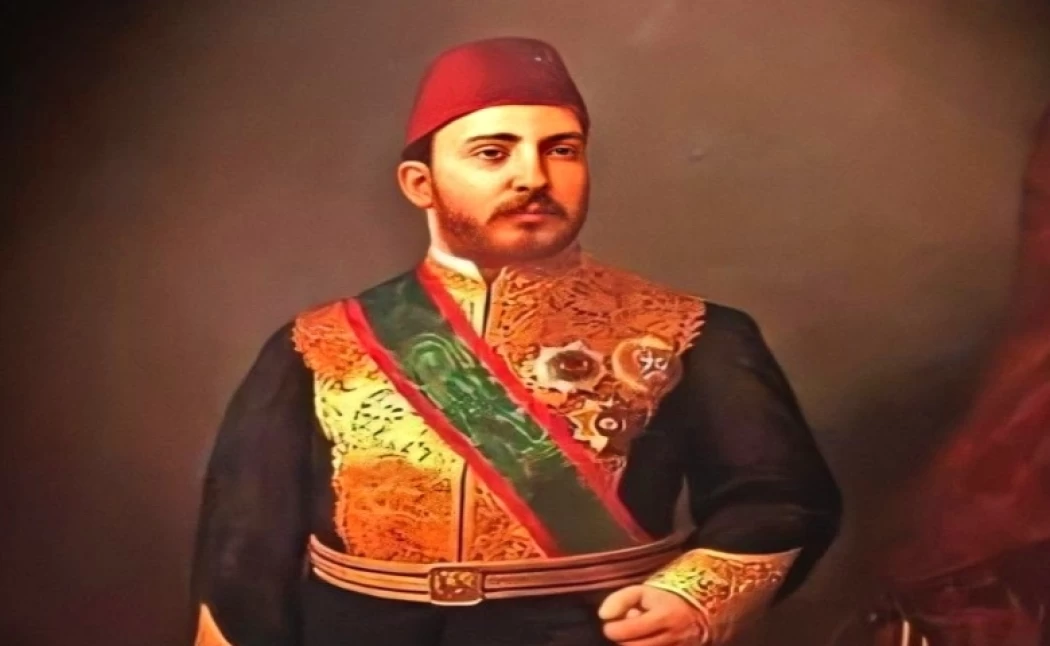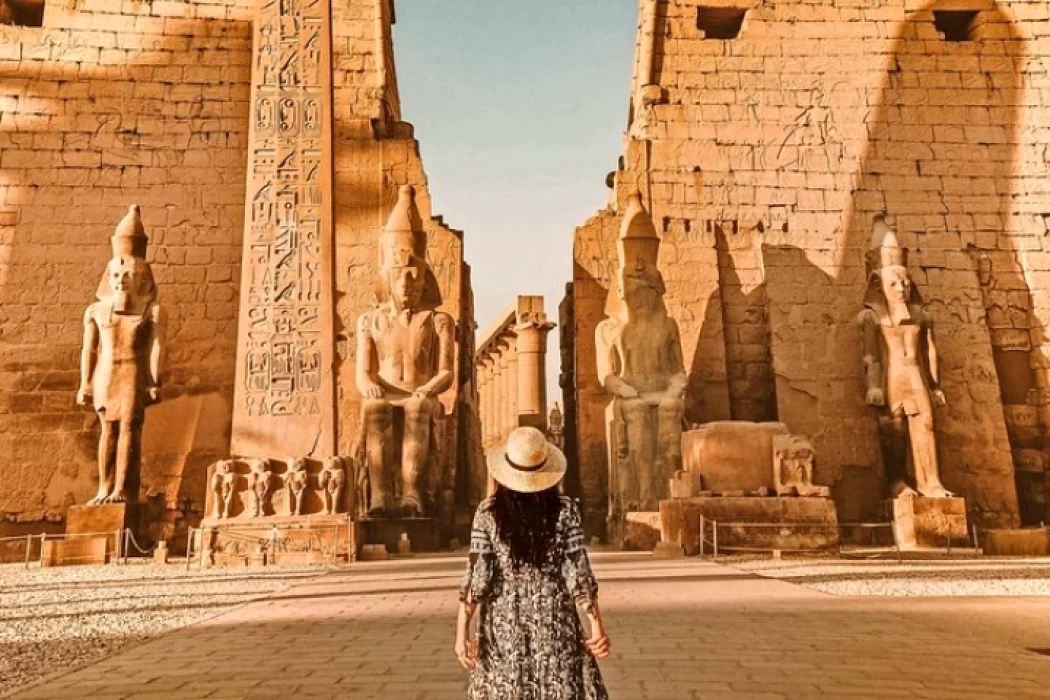Admin
In ancient Egypt, King Khufu was regarded as the second ruler of the Fourth Dynasty. After his father Senefru passed away, he assumed leadership. His one and only ivory statue, which was discovered in Abydos and is currently housed in the Egyptian Museum, has his name engraved on the throne's seat. The world's greatest stone structure, the Great Pyramid of Giza, was constructed under his rule.
Admin
King Menkaure | Mycerinus
Following the demise of his father, ruler Khafre, the country of ancient Egypt was ruled by King Menkaure, the fifth ruler of the 4th Dynasty. At Giza, he constructed the third-largest pyramid. It's probable that Shabskaf, his son, finished building this pyramid because of his untimely death.
Admin
Queen Hatshepsut | Queen of Egypt | The Pharaoh Woman
Certainly the most well-known female monarch in history—after Cleopatra VII, no less—Queen Hatshepsut was also one of the most prosperous monarchs in Egyptian history. Her name means "the Dora of princesses" or "the concubine of Amun, the favorite of the ladies." She is also referred to as Ghanemat Amun Hatshepsut, and she is regarded as the fifth in line of XVIII Dynasty monarchs.
Admin
Alexander the Great
Alexander the Great, king of Macedonia, conqueror of the Persian Empire, is one of the wisest and greatest war leaders of all time. He ascended to the throne in 336 B.C. as the son of Macedonian King Philip II. He subdued the majority of the planet at that time. became referred to as "the great" due to his military prowess and diplomatic acumen in managing the varied populations he subjugated.
Admin
Tutankhamen | The Golden King of Egypt
King Tutankhamun became the topic of archaeologists and one of the most significant Egyptian discoveries unearthed in the Luxor Governorate in the Valley of Kings and Queens if his glistening, treasure-filled tomb had not been located.
Admin
King Akhenaten | Amenhotep IV | Monotheism in Ancient Egypt
King Akhenaten (Amenhotep IV) was an ancient Egyptian pharaoh of the 18th dynasty, known for radically transforming religious practices. Reigning from around 1353 to 1336 BCE, he introduced monotheism with the worship of the sun disk, Aten, and moved the capital to Akhetaten (modern-day Amarna). His reforms were largely reversed after his death, but his reign remains a significant and controversial chapter in Egyptian history.
Admin
Muhammed Ali Pash | Muhammed Ali the ruler of Egypt
Muhammed Ali Pash was born in Greece; He was a great army leader showing great courage. He ruled Egypt and had a great influence on Egyptian history and shaping the modern history of Egypt. You can visit many great architectural works built by Muhammed Ali with Cairo Top Tours professional team.
Admin
King Thutmose III | King Thutmose III
King Thutmose III is one of the strongest and the most genius kings in Egyptian history. He was the king who had put the cornerstone for modern Egypt. He also put in many smart and genius military plans to defeat his enemies and extend his empire. Book your tour with Cairo Top Tours to see the works of King Thutmose III and learn more about his great history.
Admin
King Zoser – The step Pyramids
Zoser is one ancient pharaohs of the Egyptian Civilization, he was born in 2686 BC. He belonged to the third dynasty of the Pharaoh, and his wife was known as Bejtep Hor Nebti. He was one of the most influential kings during his reign as he is considered one of the founders of the ancient era. He also has one of the most famous pyramids in history the step pyramid, book your tour to discover King Zoser's history and works with Cairo Top Tours.
Admin
King Snefru | The Fourth Dynasty’s Founder
The Egyptian King Snefru founded the Fourth Dynasty after the end of the Third Dynasty. He was close to the Egyptian citizens and people; In addition, he gained many names for his mercy and prosperity during his reign. He has 4 pyramids in Egypt, let’s explore the great history of Senfru and his pyramids with Cairo Top Tours.
Admin
Queen Cleopatra and the Macedonian dynasty
Queen Cleopatra was one of the most important and powerful Queens in Egyptian history. She was smart, beautiful, and strong this is represented in the duration of her reign and the prosperity of Egypt. Book your trip to Egypt and learn more about Queen Cleopatra.
Admin
Hor-Aha King | One of first dynasty’s kings
Hor-Aha, or Hor-Aha, was the second pharaoh of the First Dynasty of Egypt. It is believed to have ruled for a long period of time, about 62 years. His name means warrior, for being one of the powerful kings. Visit Egypt and be ready for legendary works for Egyptian kings with professional Egyptologists from Cairo Top Tours team.
Admin
King Djer | Pharaoh of the first dynasty
King Khentdjer or Khent (Jer) was a pharaoh of the First Dynasty of Egypt who ruled around 3050 BC, succeeding King Hor-Aha. His name is written in two ways: the first is combined with the name Horus (Horus-Jer) and Mez-Jer in hieroglyphic form, a wool sack. The second name is Aity, and it is found in Abydos. Seize the opportunity and discover the secrets of the history with Cairo Top Tours professionals.
Admin
King Djet and the First Dynasty
King Djet one of the kings of the First Dynasty, his name written in the royal serekh in the form of a serpent and the falcon Horus standing above him, the stela from his tomb at Abydos is telling about him. Know more about the strong Egyptian kings with Cairo Top Tours and book your tour to go deeper into the history.
Admin
king Khasekhemwy | Second Dynasty’s last Pharaoh
king Khasekhemwy is one of the pharaohs of the second dynasty. He has a statue in one of the famous museums in Egypt. He is also known as the second unifier for two parts of Egypt, he was a strong king and his victory against the northerners is very famous in his history. Visit Egypt and go deeper into the history of the king with Cairo Top Tours.
Admin
Queen Khentkawes | One of The Egyptian Queens
Queen Khentkawes one of the fourth dynasty’s queens, owns a pyramid in the area of Giza near the Giza pyramids. It is also believed that she is the daughter of the great king Menkure. Discover more about the Egyptian queens during your vacation in Egypt.
Admin
The Kings of the Second Dynasty and Their Secrets
Explore the fascinating history of the Second Dynasty of ancient Egypt, uncovering the stories and secrets of its kings, from King Hetep Sakhmoy to King Kha-Sakhmoy. Discover how their reigns shaped Egypt's culture, religion, and architecture, leaving behind a legacy that continues to captivate the world.
Admin
Hidden Warehouses Inside King Sahure's Pyramid
A joint Egyptian-German archaeological mission has uncovered eight warehouses inside King Sahure's pyramid in Abusir, shedding light on the architectural design of the pyramid.
Admin
Discovery of Khun Kan's Tomb in Saqqara
An Egyptian archaeological mission in Saqqara has uncovered the tomb of Khun Kan, a nobleman from the late Fifth Dynasty.
Admin
Salah El-Din Al-Ayoubi | Sultan of Egypt
Strong Islamic principles drove Salah al-Din al-Ayyubi, a valiant Egyptian leader of the 12th century, to uphold the principles of Islam and accomplish great feats like uniting Egypt with Syria and reclaiming Jerusalem from the Crusaders. As a result, his name is recorded in both Islamic and Western history.
Admin
King Amenhotep III
During his nearly 40-year reign, Amenhotep III was one of the greatest pharaohs in Egyptian history. In contrast to numerous other ancient Egyptian monarchs, who gained notoriety through massive military campaigns and conquests that widened the Egyptian Empire's realm, King Amenhotep III made his mark as one of the most influential Egyptian kings by means of diplomacy.
Admin
Queen Nefertiti
The most well-known Egyptian queen in the world, Lady of Happiness is the eldest wife of King Akhenaton and the unparalleled Amarna. She is also known by the name "NEFERTITI".
Admin
Queen Nefertari
Given that she is more than just a queen or the wife of a god, her numerous titles guarantee that you are dealing with an extraordinary woman in every sense of the word, which is why experts from all over the world spend hundreds of dollars and endure the difficulties of traveling to see her picturesque cemetery. "Nefertari" is her name.
Admin
King Intef I
Intef I, this pharaoh is considered the first prince of the six princes of which the eleventh family is formed. In the first transitional period. They were the ones who ruled half of the country almost 143 years before the advent of the Twelfth Dynasty.
Admin
Imhetop, The First Architect
He is credited with constructing the Zoser Amphitheater, being the world's first architect and physician, and being one of the most well-known engineers of ancient Egypt. Following his demise, he was elevated to the status of an idol and became the god of medicine.
Admin
King Thutmose IV
Son of King Amenhotep II and Queen TA, Thutmosis IV was the eighth pharaoh of the eighteenth dynasty to rule ancient Egypt. He constructed a funeral temple southwest of his father's temple, which was renovated and reconstructed by "Horemheb" in the eighth year of his reign. During the XXI dynasty, the mummy of this monarch was moved from the Valley of the Kings to the tomb of Amenhotep II.
Admin
King Seti I
The second monarch of the 19th Dynasty and father of the illustrious Ramses II was Seti I (1294–1279 BC). In the Valley of the Kings, his tomb is the highest, deepest, and most exquisite.
Admin
King Ramses III
One of the greatest warrior rulers in Egyptian history, King Ramses III battled the sea peoples and the Nuba from the south in the fifth and eighth years of his reign. He built numerous structures, such as the city of Habu, the Temple of Amun in Karnak, and the renowned "KV11" tomb.
Admin
King Peribsen | 2nd Dynasty Kings of Egypt
The second Egyptian family's pharaoh, Peribsen, ruled for seventeen years. He was interred at Abydos, where a seal inscription was discovered that included the first fully composed hieroglyphic sentence.
Admin
King Djedefre | Successor of Cheops
Djedefre was a Pharaoh of the fourth dynasty in the history of the ancient Egyptian monarchy. He is the direct heir to the throne and son of Cheops, the man who constructed the Great Pyramid. He is the first to connect the solar god Ra with his name. In the Abu Rawash region, he intended to construct a pyramid resembling the one built by his father Khufu, but he only completed the pyramid's base. Khafre, his son, succeeded him and constructed the second pyramid at Giza for himself.
Admin
King Shepseskaf | Last King of the Fourth Dynasty
The final ruler of the IV dynasty. Shepskaf succeeded his father in leading Egypt's government. During his more than four-year reign, he constructed the "Pharaoh's Mastaba," a rectangular coffin-shaped tomb south of Saqqara. and in contrast to his forefathers' tradition of erecting a pyramid for him, his covenant was marked by the growing power of the sun's priests. It is a transgression of the priests' authority to be associated with the sun cult.
Admin
King Djedkare | 5th Dynasty of Egypt History
The eighth pharaoh of the fifth dynasty is King Djedkare. From 2414 until 2375 BC, he was the king of Egypt, ruling for about 28 years. While the rulers of the Fifth Dynasty who came before him constructed sun temples, he built his pyramid in the "Saqqara" region.
Admin
King Senusret II | 12th Dynasty Middle Kingdom
Following his father, King Amenemhat II, as a co-ruler during his latter years, King Senusret II was the fourth monarch of Egypt's XII Dynasty. The thing that sets him apart the most is his intense passion for the Fayoum Oasis, which led him to start constructing a massive irrigation system that runs from Bahr Youssef to Lake Morris.
Admin
King Merenre I
Merenra I, the fourth king of the Sixth Dynasty, succeeded Pepi I. He governed for a brief time, maybe serving under his father for a few years before ceding power for nearly nine years, during which time he passed away in the early years of his second decade of life.
Admin
King Merenre II
After just a single year in power, Pepi II, his half-brother, replaced Merenra II. The canon of Turin and Manetone agree in attributing to the new king a reign of more than ninety years, dying more than a century after a rather serene existence after all lively, casual, and generous, so it is necessary that the new king was still a child when he ascended to the throne, according to a literary source.
Admin
King Mentuhotep II | Last King of the 11th Dynasty
The XV Dynasty was founded by the ancient Egyptian pharaoh Mentuhot II, whose regal name means "the god Montu is satisfied." He governed Egypt from 2061 to 2010 BC. He became the first Egyptian monarch in the Middle Kingdom and is credited with bringing the nation back together following the chaos of the First Decadence.
Admin
King Amenemhat I | 12th Dynasty Kings
He is the first monarch of Egypt's Twelfth Dynasty, which is regarded as the Middle Kingdom's prime period. From 1991 BC until 1962 BC, he was king.
Admin
The Reign of King Ptolemy I
King Ptolemy, a prominent ruler of the Ptolemaic Kingdom in Egypt, established a Hellenistic kingdom in 305 BCE, blending Greek and Egyptian cultures. He founded the Library of Alexandria and promoted advancements in science, art, and literature. The Ptolemaic dynasty, led by Ptolemy I Soter, continued to influence Egyptian history and culture, with rulers like Ptolemy II Philadelphus and Cleopatra VII continuing this legacy until the Roman conquest in 30 BCE.
Admin
Ptolemy II (Philadelphus)
Ptolemy II Philadelphus, the second Ptolemaic ruler of Egypt, reigned from 283 to 246 BCE. Born to Ptolemy I Soter and Berenice I, he was known for his patronage of arts and sciences, advancing the Library of Alexandria, and promoting Hellenistic culture. His reign was marked by diplomatic marriages and military campaigns, strengthening Egypt's Mediterranean power. His nickname, "Philadelphus," means "brother-loving."
Admin
Ptolemy III Euergetes: The Ptolemaic Dynasty
Ptolemy III Euergetes, the third Ptolemaic dynasty ruler, reigned from 246 to 222 BCE. He expanded Egypt's territory, particularly in a conflict against the Seleucid Empire. Ptolemy III was a patron of culture and arts, contributing to the Library of Alexandria and promoting learning. His reign was marked by prosperity, stability, trade, architecture, and scholarship in Egypt.
Admin
Ptolemy IV, the Divine Ruler of Egypt
Ptolemy IV Philopator, son of Ptolemy III and Berenice II, was a king of the Ptolemaic Kingdom in Egypt. He won the Battle of Raphia in 217 BCE, but his rule was marked by political intrigue, heavy taxation, and a decline in central authority. He promoted the worship of Egyptian gods and himself as a divine figure. His later years saw decadence and loss of control, leading to challenges for his successors.
Admin
The Reign of King Ptolemy V
Ptolemy V Epiphanes, a young king of the Ptolemaic Kingdom of Egypt, ruled from 204 to 180 BC. He faced internal and external challenges, and his reign was marked by the Rosetta Stone, a decree in Greek, Demotic, and hieroglyphic scripts, which helped decipher Egyptian hieroglyphs. Ptolemy V's reign focused on consolidating power and managing Egypt's diverse population.
Admin
Ptolemy VI Philometor | The Ptolemaic Kingdom
Ptolemy VI Philometor, king of Egypt from 180 to 145 BC, faced numerous challenges, including power struggles with his brother and external threats from the Seleucid Empire. His reign was marked by political intrigue, including the War of the Brothers, where he navigated complex alliances and conflicts. Despite these challenges, Ptolemy VI aimed to stabilize Egypt and maintain its influence in the Hellenistic world.
Admin
Ptolemy VII Neos Philopator | Ptolemaic Dynasty
Ptolemy VII, also known as Ptolemy VII Neos Philopator, was a brief ruler of the Ptolemaic Kingdom in Egypt during the late 2nd century BCE. Born to Ptolemy VI Philometor and Cleopatra II, he ascended the throne amid political turmoil and power struggles within the Ptolemaic dynasty. His rule is not well-documented, and much of his historical information comes from fragmented sources. After his death, he was succeeded by Ptolemy VIII Euergetes II.
Admin
About : Ptolemy VIII Physcon
Ptolemy VIII, also known as Yorgetis II, was a significant ruler of the Ptolemaic Dynasty in ancient Egypt. He ruled from 170 to 163 BCE and 145 to 116 BCE, facing family conflicts and power struggles. Despite these challenges, he was a patron of arts and learning, contributing to the cultural richness of Hellenistic Egypt. His reign exemplified the complexities of dynastic rule during this dynamic period.
Admin
Ptolemy kings in Egypt from (VIIII - XII)
The Ptolemaic kings of Egypt, from Ptolemy IX to Ptolemy XII, faced internal and external challenges. Ptolemy IX, who ruled from 116 to 107 BCE, faced civil wars and family conflicts, especially with his mother Cleopatra III. His son, Ptolemy X, struggled with legitimacy and was killed in battle. Ptolemy XI, who ruled from 80 to 58 BCE, was briefly violent before being killed by the populace. Ptolemy XII, who ruled from 80 to 58 BCE and 55 to 51 BCE, faced financial issues and relied heavily on Roman intervention, leading to the decline of Ptolemaic power and the annexation of Egypt by Rome.
Admin
Cleopatra VII
Cleopatra VII, the last active ruler of the Ptolemaic Kingdom of Egypt, was a skilled diplomat and linguist, fluent in multiple languages. Born in 69 BCE, she formed alliances with Roman leaders Julius Caesar and Mark Antony, strengthening Egypt's position amidst growing Roman dominance. Cleopatra's reign was marked by efforts to revive Egypt's economy and military might. After defeating Octavian at the Battle of Actium, she tragically took her own life in 30 BCE, marking the end of the Ptolemaic dynasty.
Admin
Egypt's Pharaohs Golden Parade
The Royal Mummies Parade in Cairo in April 2021 showcased 22 ancient Egyptian royal mummies, transferring them from the Egyptian Museum to the National Museum of Egyptian Civilization. The event, accompanied by music, traditional performances, and modern technology, highlighted the cultural heritage of ancient Egypt, mummification, and the afterlife, aiming to honor the mummies and educate the public about Egypt's extraordinary history.
Admin
The Death of King Seqenenre Tao
King Seqenenre Tao, a prominent pharaoh of Egypt's 17th Dynasty, was known for his fierce resistance against the Hyksos, a foreign power occupying parts of Egypt. His reign was marked by military campaigns aimed at reclaiming Egyptian territory. His death is believed to have occurred in battle, as indicated by injuries found on his mummified remains. Seqenenre's legacy is significant, as he set the stage for Ahmose I to drive out the Hyksos and restore native rule, marking the beginning of the New Kingdom.
Admin
Egyptian President Abdel Fattah al-Sisi
Abdel Fattah al-Sisi is the current president of Egypt, having assumed power in July 2013 following the military ousting of President Mohamed Morsi. He was elected in May 2014 and re-elected in March 2018. Sisi's leadership is marked by a focus on stability, economic reforms, and infrastructure projects, but he has also faced criticism for human rights abuses and political repression.
Admin
King Farouk of Egypt
King Farouk I, born in 1920, was Egypt's last king from 1936 to 1952. He faced challenges like political corruption, economic difficulties, and growing dissatisfaction among the population. His rule was influenced by foreign powers, particularly Britain. Farouk's lavish lifestyle contributed to public discontent, leading to a military coup. After his abdication, he lived in exile in Italy and died in 1965. His legacy symbolizes the end of monarchy in Egypt.
Admin
Gamal Abdel Nasser's Biography
Gamal Abdel Nasser, a prominent Egyptian leader and revolutionary, served as the second President of Egypt from 1956 to 1970. He was known for his efforts in modernizing Egypt, promoting social justice, and asserting Arab independence from Western influence. Nasser played a key role in the nationalization of the Suez Canal and the formation of the United Arab Republic with Syria.
Admin
President Mohamed Anwar Sadat
Anwar el-Sadat, Egypt's third President from 1970 to 1981, played a significant role in the Arab-Israeli peace process, signing the Camp David Accords in 1978. He shifted Egypt's foreign policy towards the West and initiated economic reforms called "Infitah" to liberalize the economy. However, his presidency faced criticism for political repression and economic disparities. Sadat was assassinated by Islamist extremists on October 6, 1981.
Admin
Amr Ibn al-As, Conqueror of Egypt
Amr ibn al-As, an Arab Muslim military commander, led the Islamic armies to conquer Egypt in 640. He lived with Prophet Muhammad and was a companion after entering Islam in 8 AH. After the conquest, he established Fustat as the capital of Egypt and built the first mosque in Africa, the mosque of Amr ibn al-As. He was a prominent figure in the Arab world.
Admin
Biography of Ahmad ibn Tulun
Ahmad ibn Tulun's Turkish roots trace back to his father, who was a slave of Noah ibn Asad, the governor of Bukhara. Asad freed him, and Caliph Al-Ma'mun admired him. He was enrolled in the caliphate court and eventually became the head of the caliph's guard. Ahmad bin Tulun, born on September 20, 835 AD, in Baghdad, the capital of the caliphate, was well-cared for by his father, who taught him military arts, jurisprudence, hadith, and hadith, and encouraged him to learn from scholars and read the Qur'an.
Admin
Nectanebo II, Last native Egyptian pharaoh
During Nekhtenbo II's reign, Persian interference was limited due to family issues. However, in the fourth century BCE, Artaxerxes III established control over most of the Persian Empire and attempted to invade Egypt. His failed campaign led to some Greek and Phoenician cities challenging Persian power militarily for some time.
Admin
Emperor Trajan of Rome
Trajan’s birth transpired on 18th September of the year 53 A.d. in Italica, located in Southern Spain. To his credit, he was of Italian colonists who are immigrants, and even rose in the aristocratic house of the Vlpii (since his name was Marcus Vlpius Traianus). Yet clearly he was a synecdoche to the empire. His elevation to that position of power came with the ascension of the very region he was born in: Roman Spain was at its prime during that period.
Admin
Roman Emperor Diocletian
Diocletian reigned as the Roman emperor in the years 284 to 305 CE. In 249 CE, Roman emperor Philip the Arab was defeated and killed, and after this event the Roman Empire had to endure about thirty years of really weak rulers. The times of Augustus, Vespasian and Trajan were gone for good, and the greatest Empire, which once ruled the old world, was collapsing both economically and militarily. There were incessant raids on the Danube and in the eastern territories. At long last in the year 284 CE, a man came to the throne with a mission to transform the empire beyond recognition. His name was Diocletian.
Admin
Khedive Muhammad Tawfiq
He was born in 1852, and his father enrolled him in the Manial School at the age of nine, where he studied language, geography, history, natural sciences, mathematics, Arabic, Turkish, French, and English. He was inclined to science from a young age and achieved a side of it that qualified him to preside over the private council during his father's lifetime at the age of 19. He then held the Ministry of Interior, the Ministry of Works, and the presidency of the Council of Nazirs.
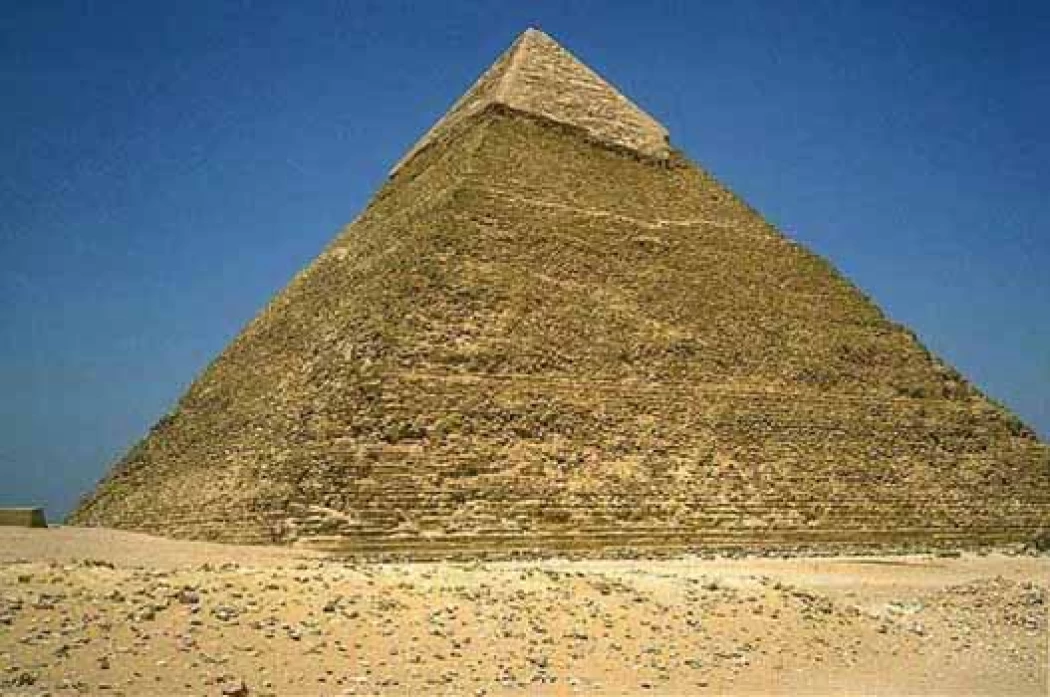
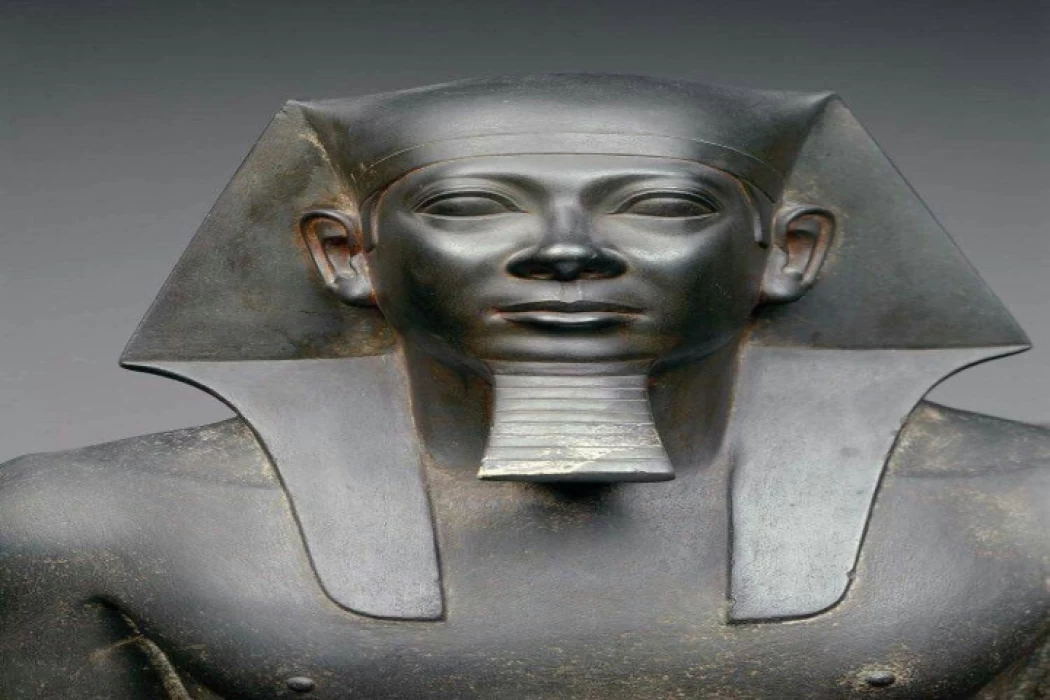
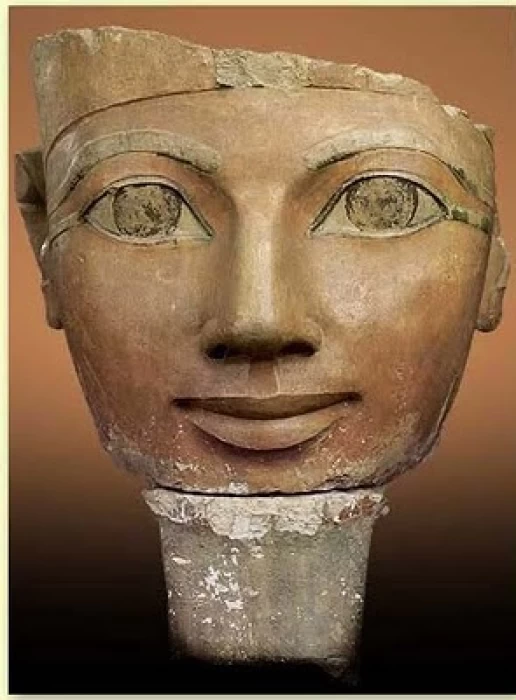
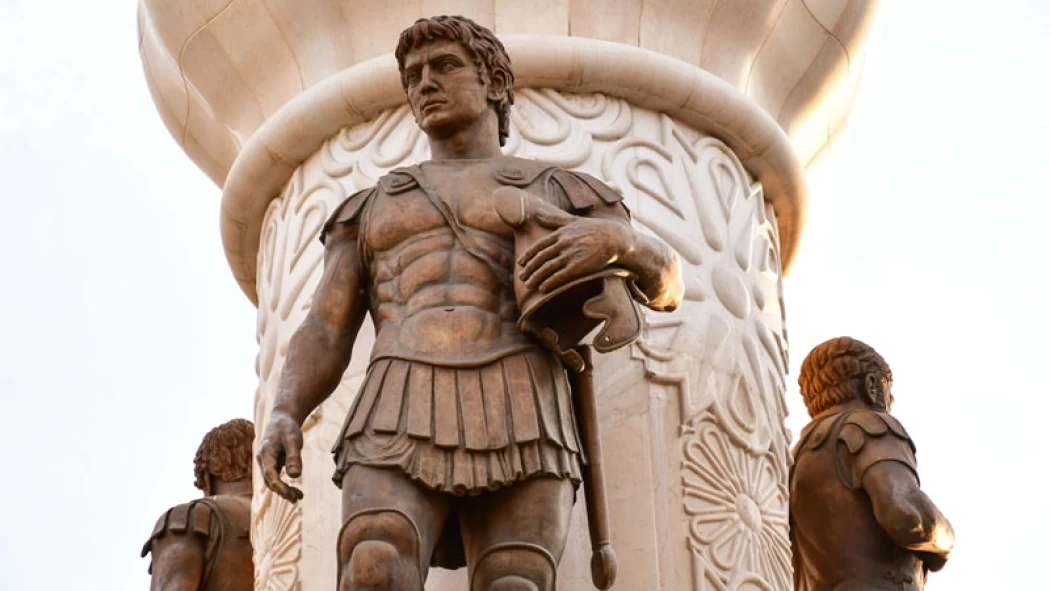
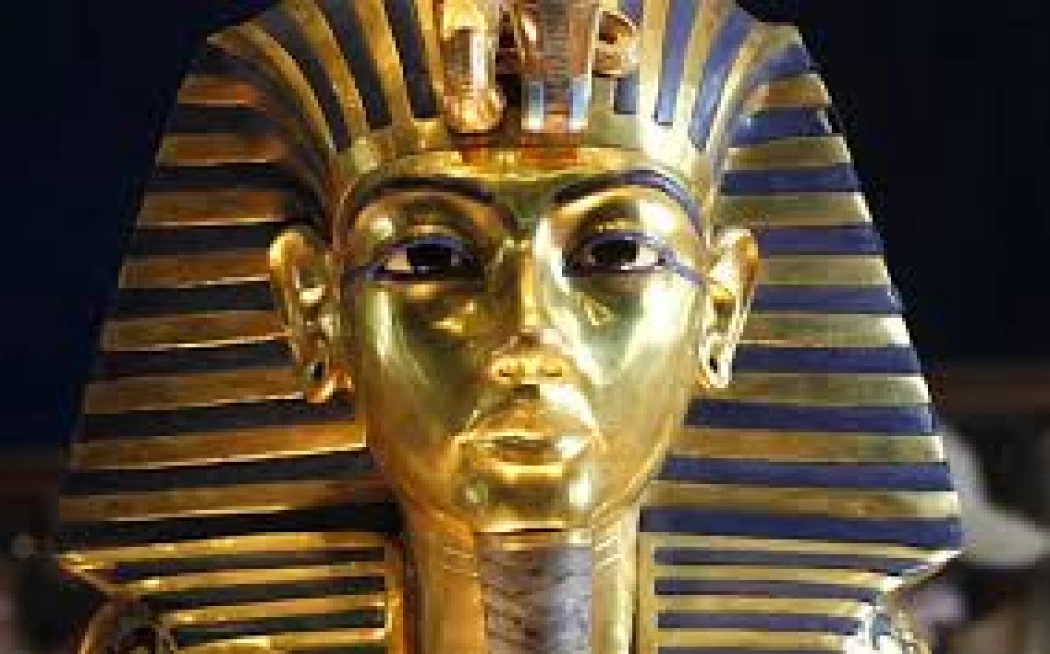

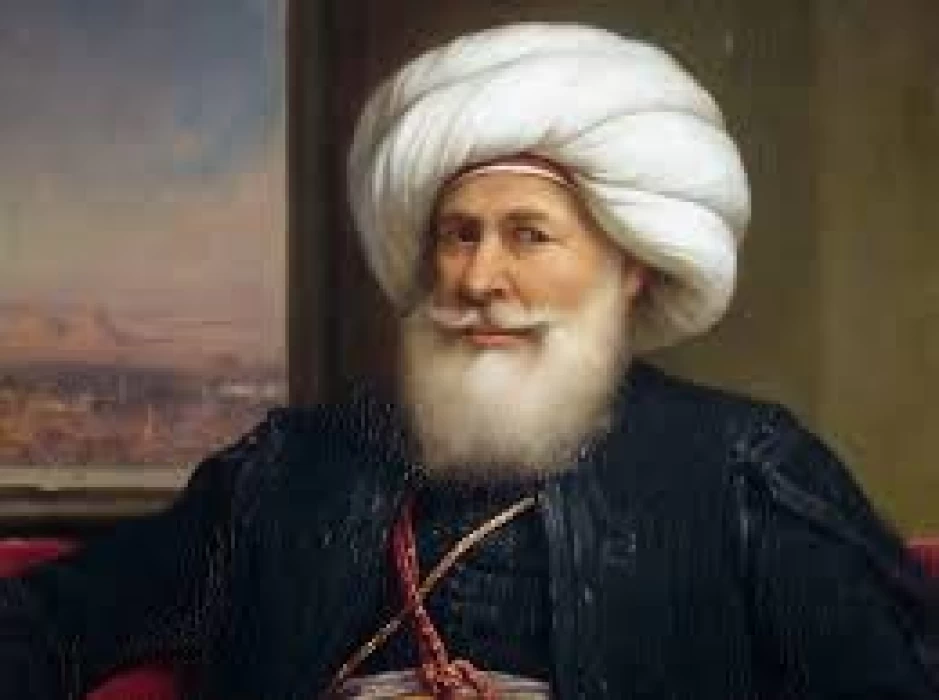
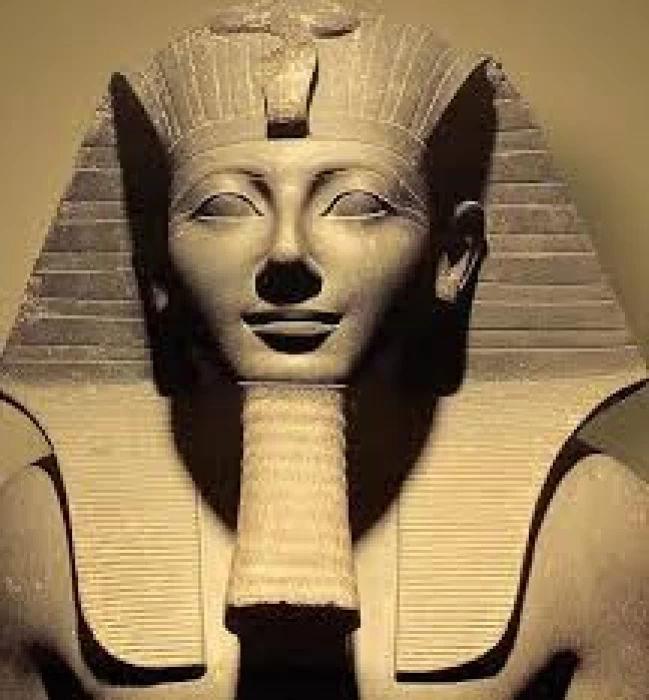
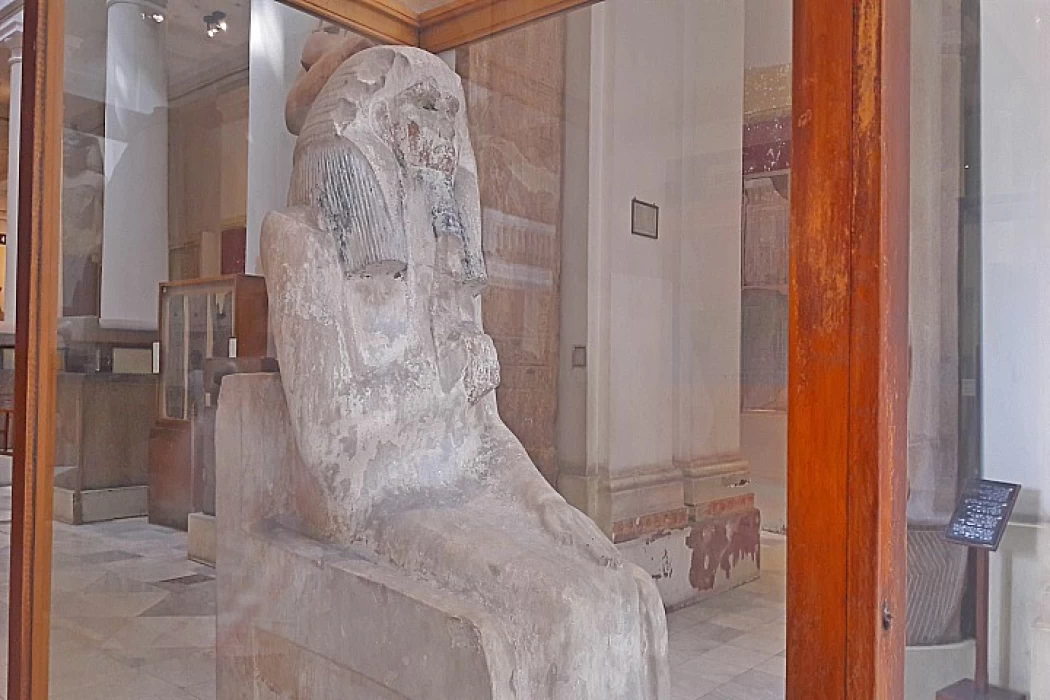
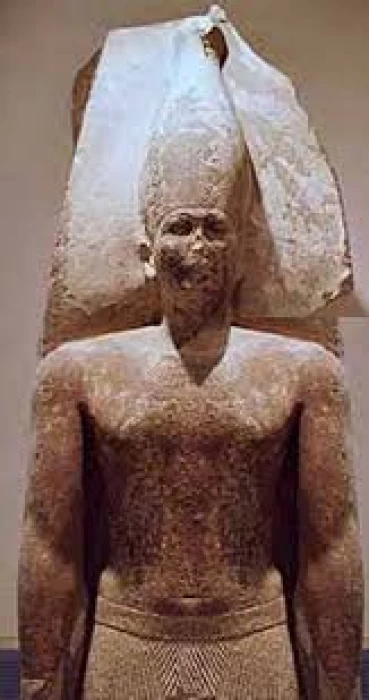
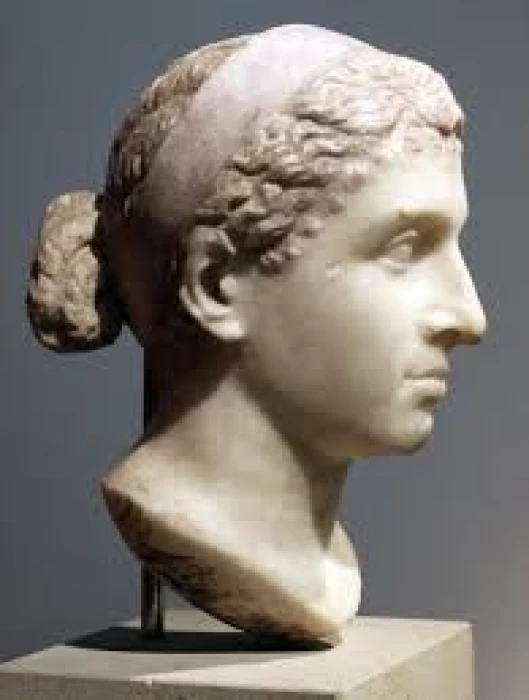
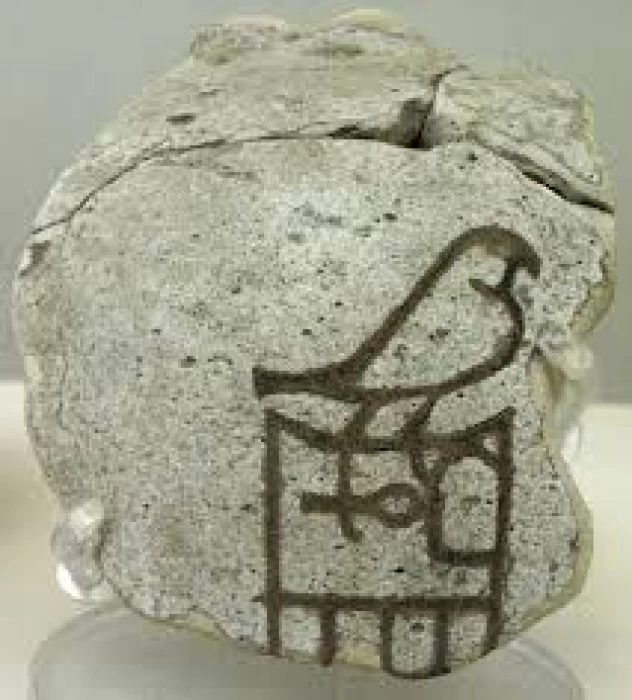
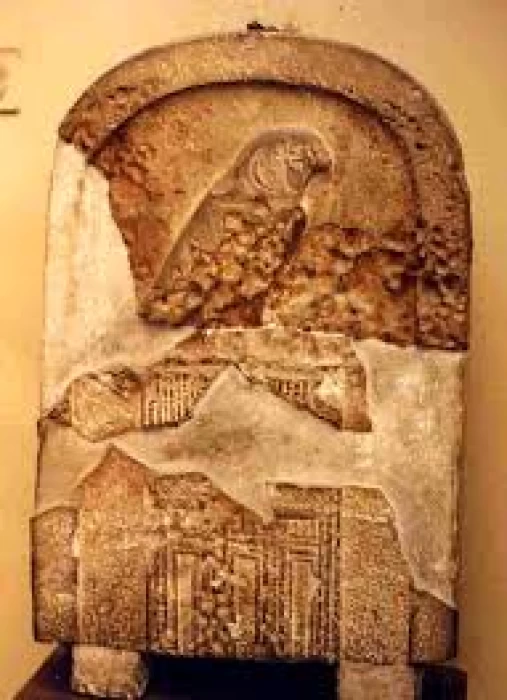
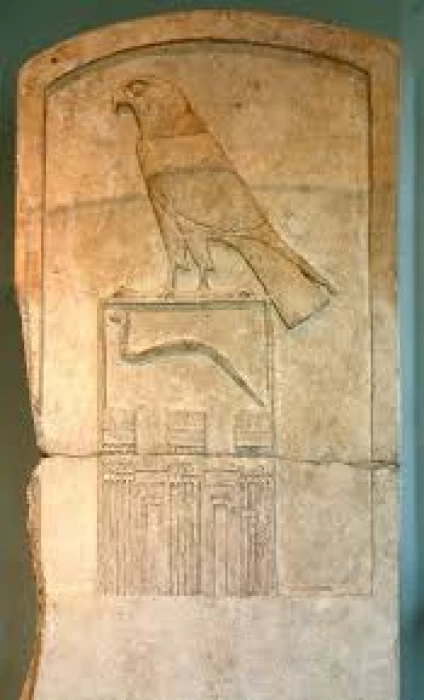
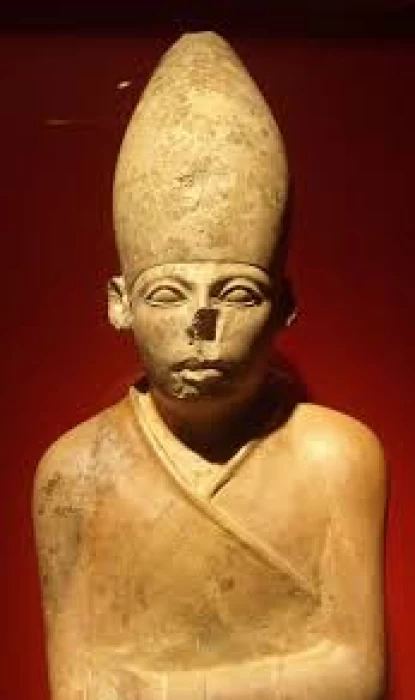
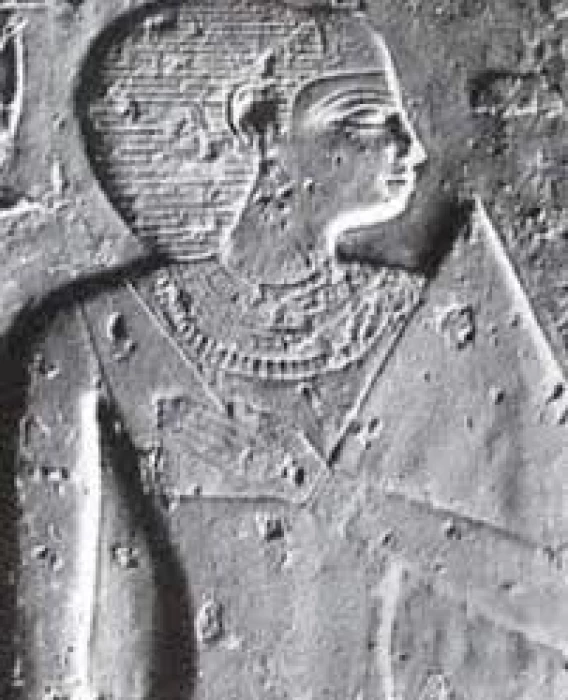
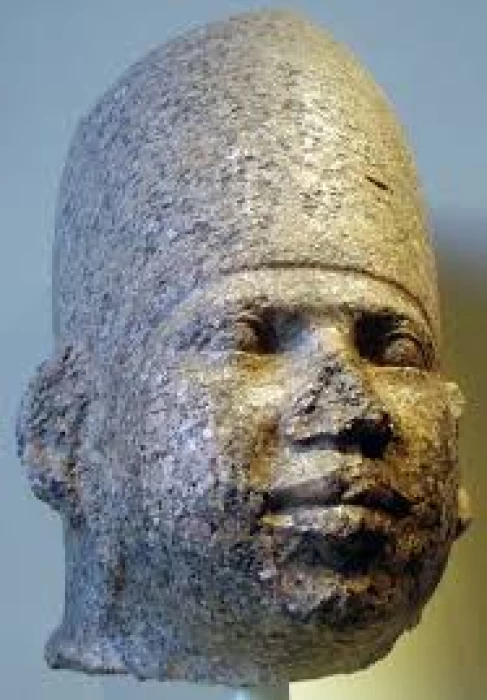
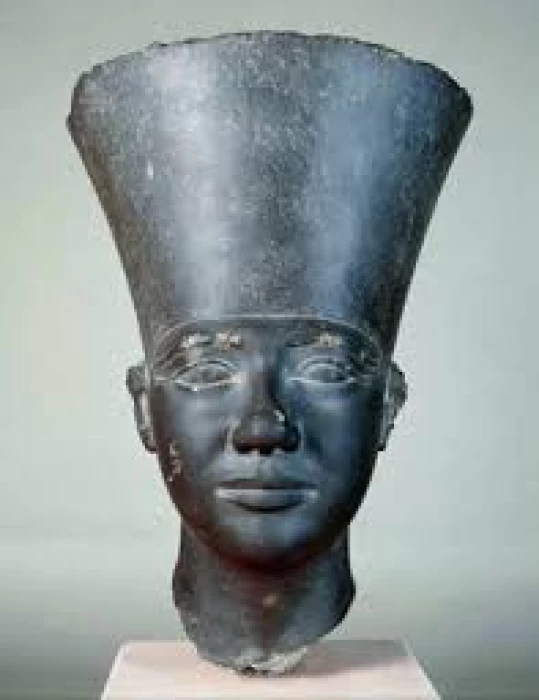
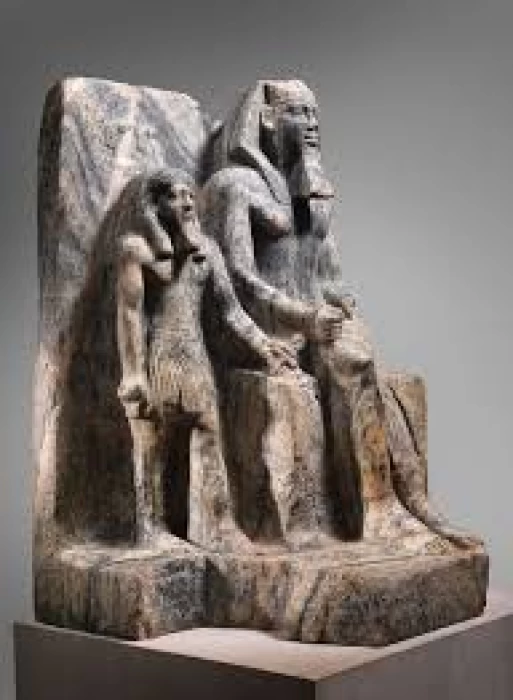
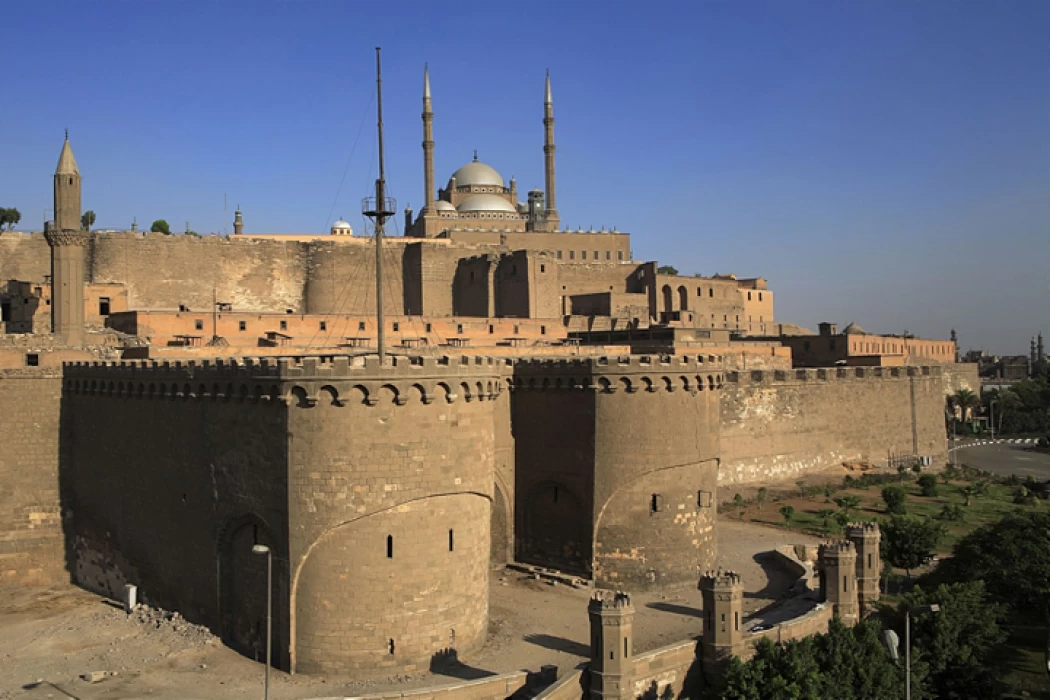
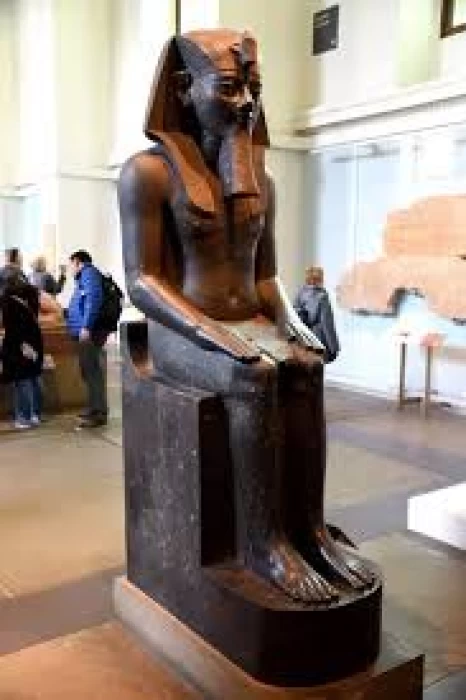
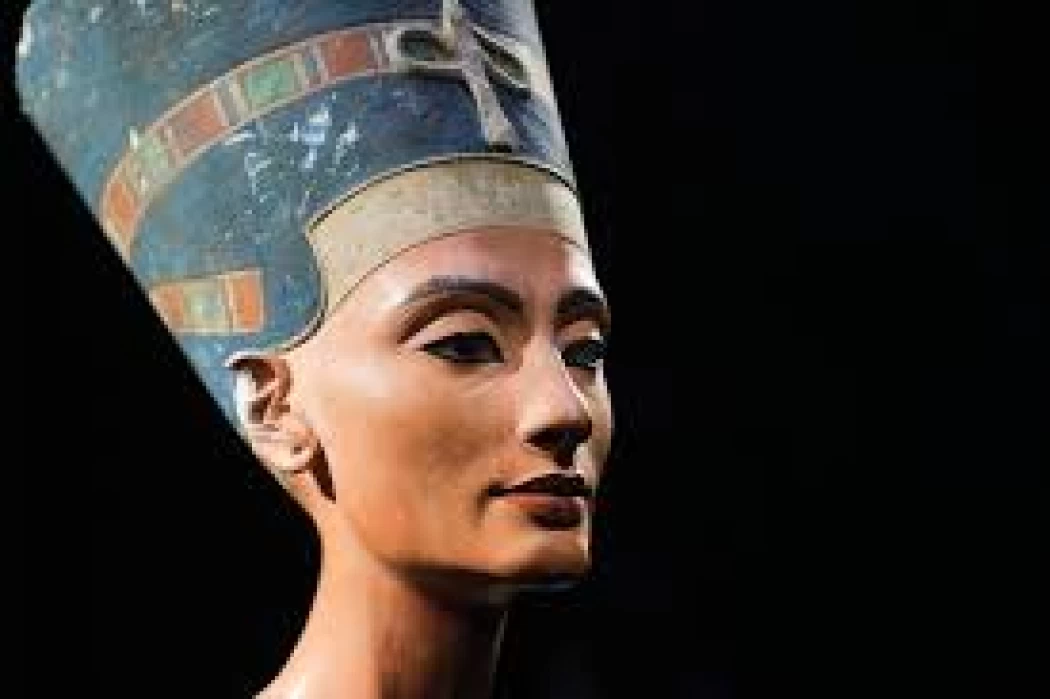
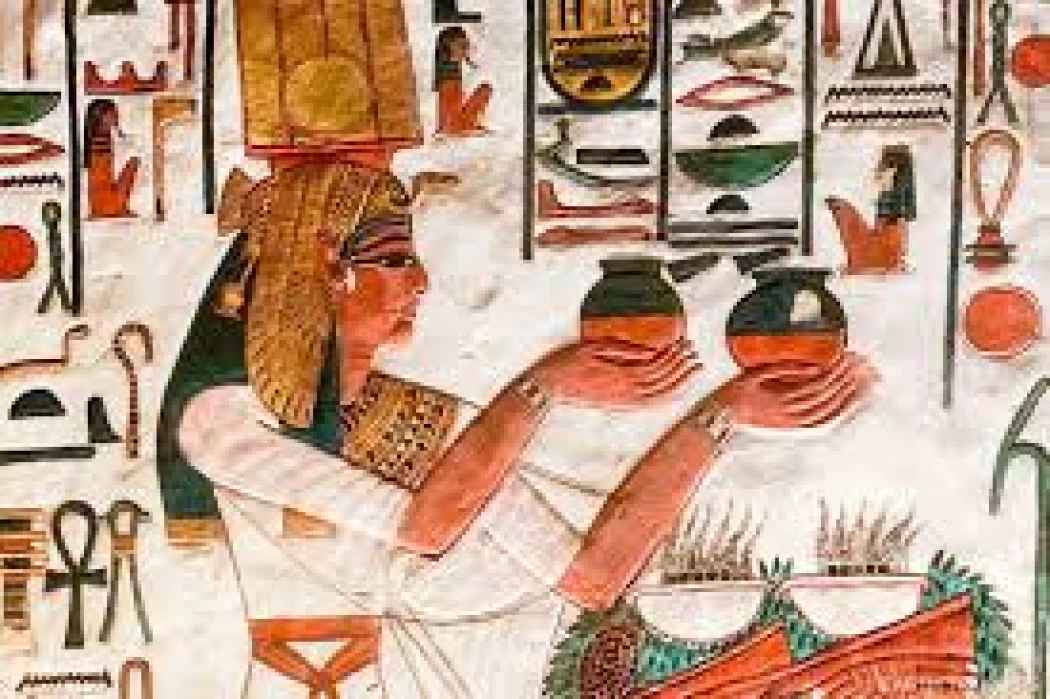
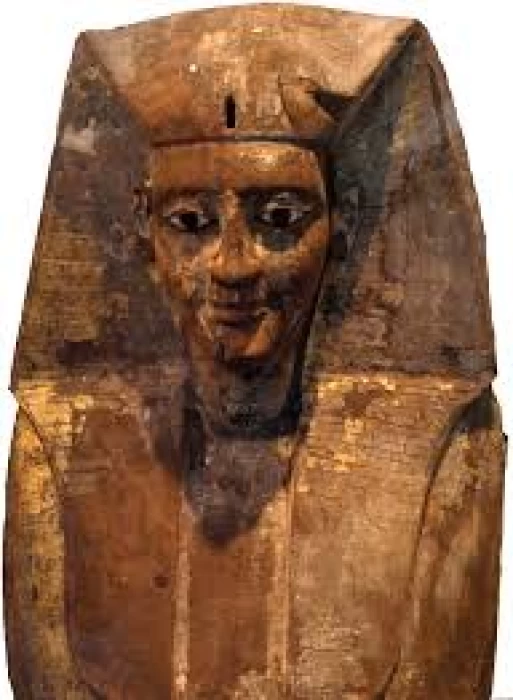
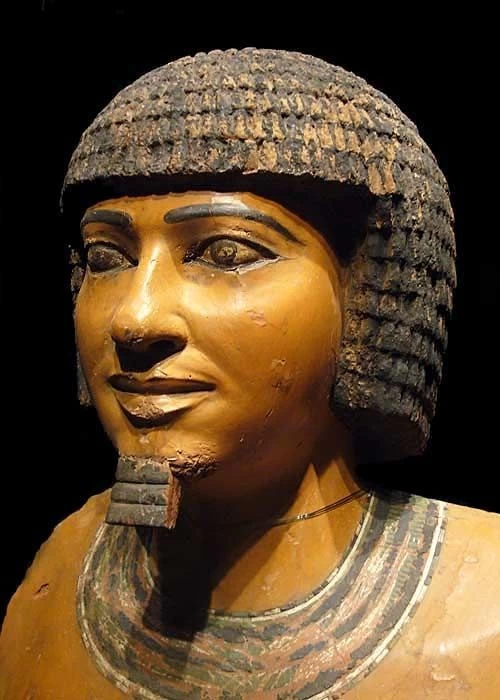
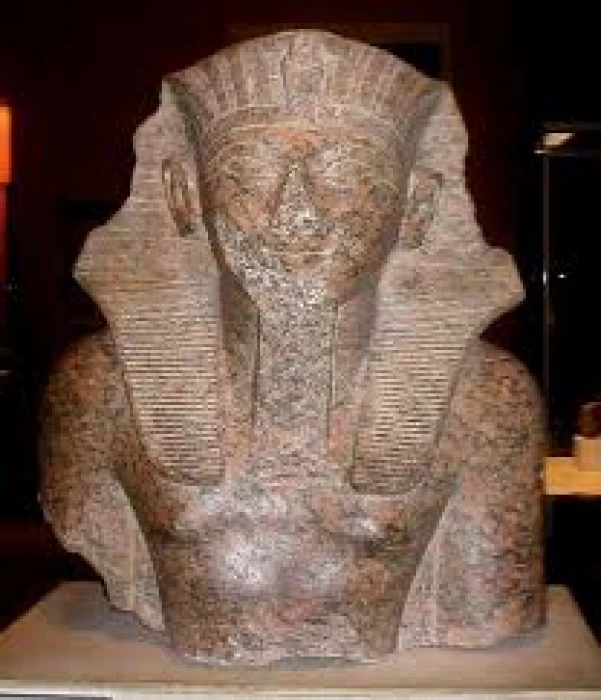
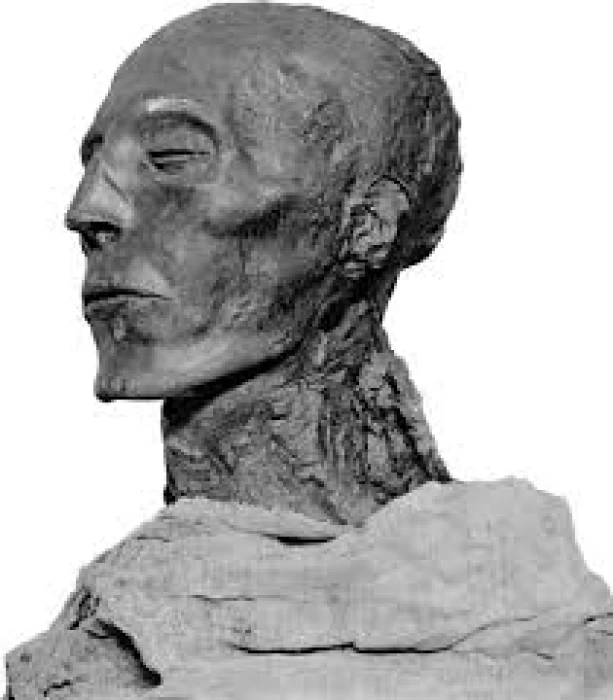
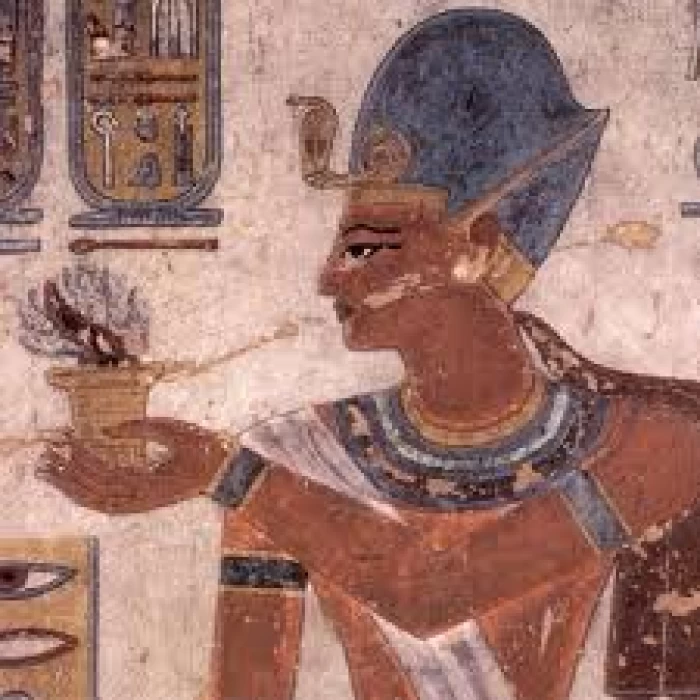
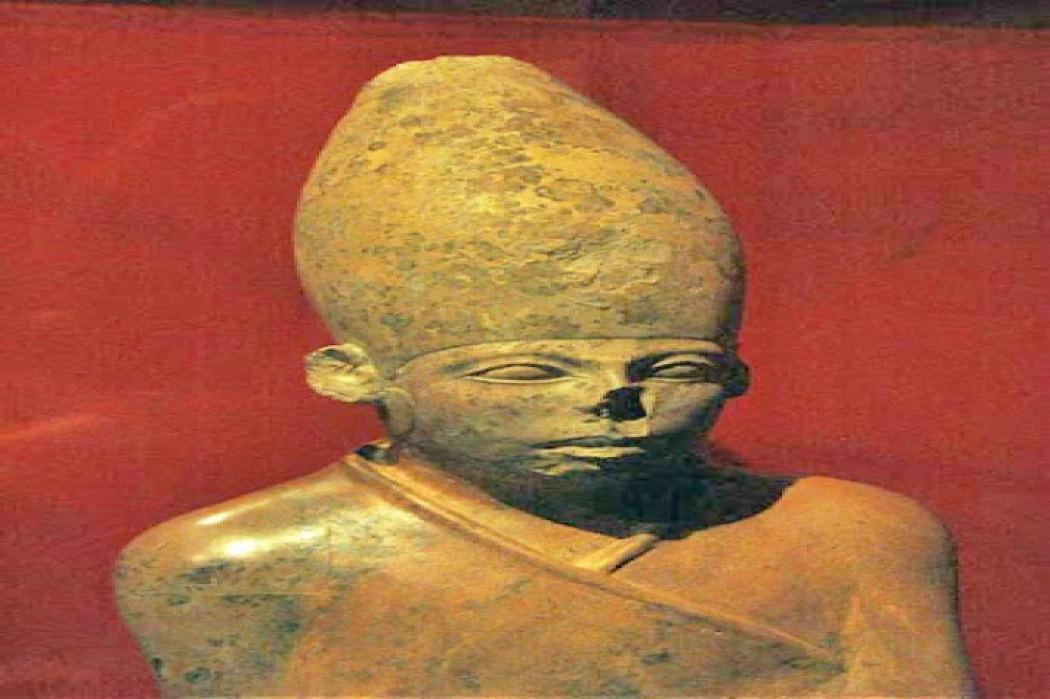
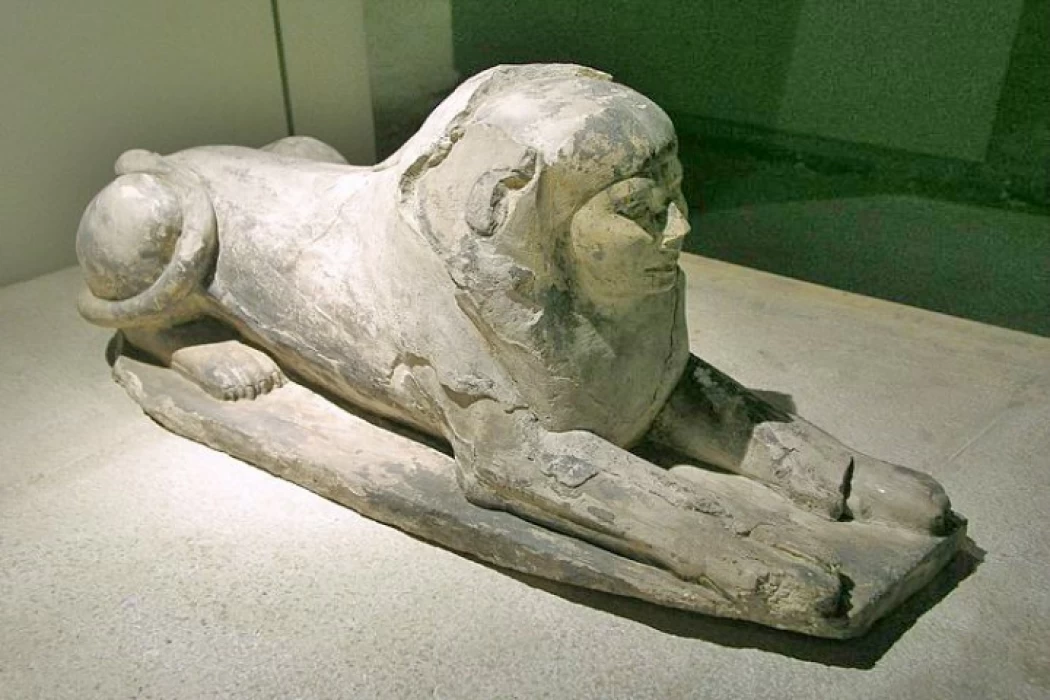
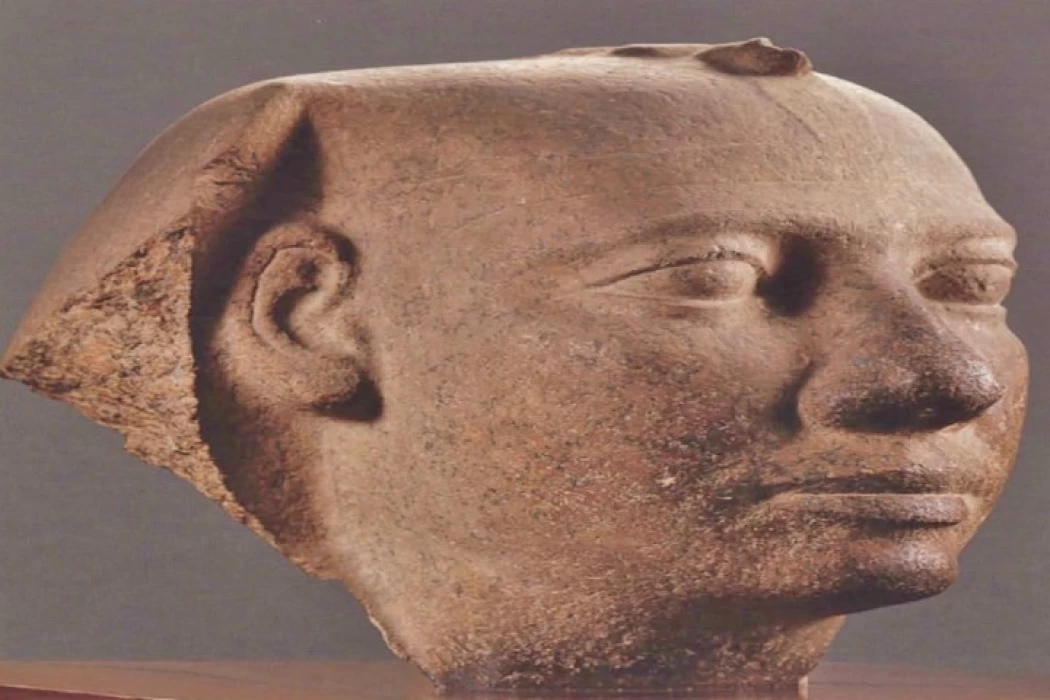
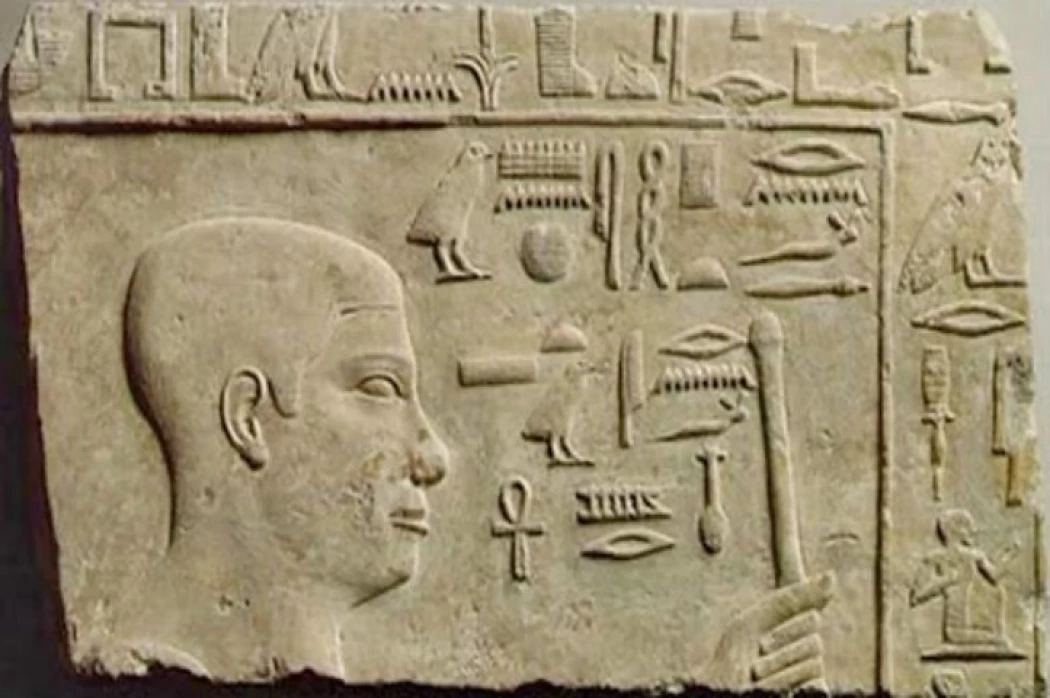
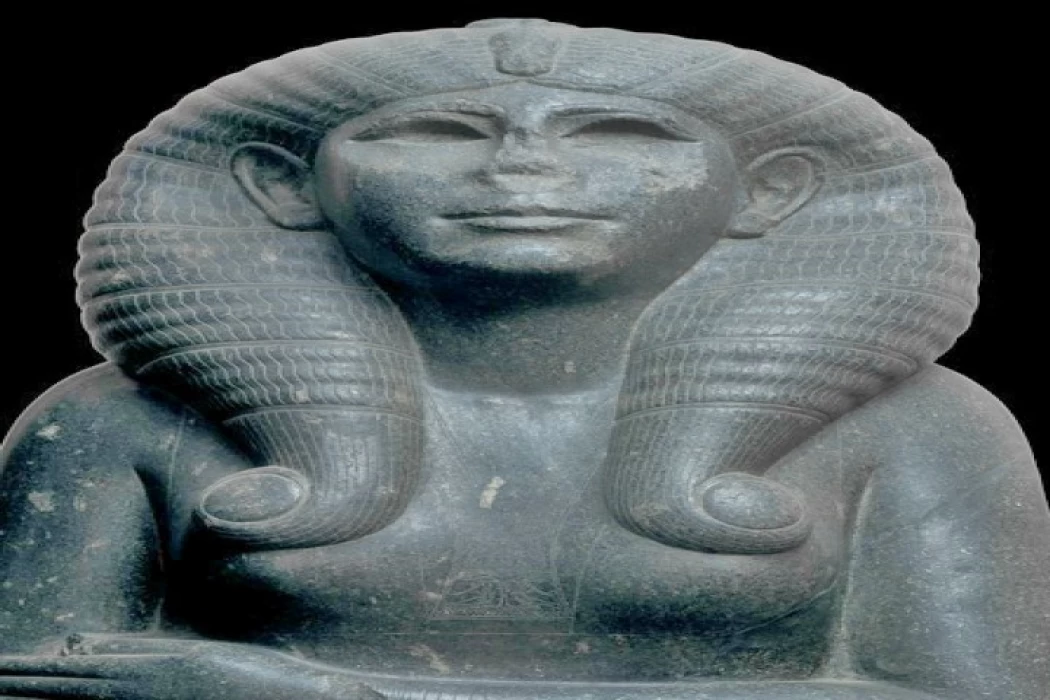
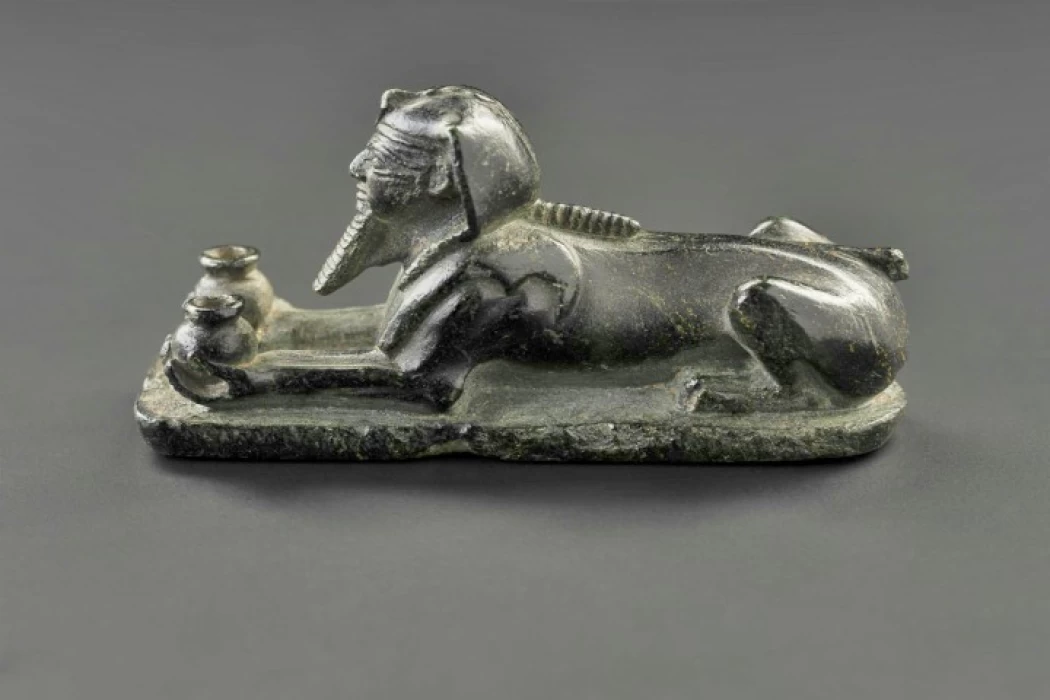
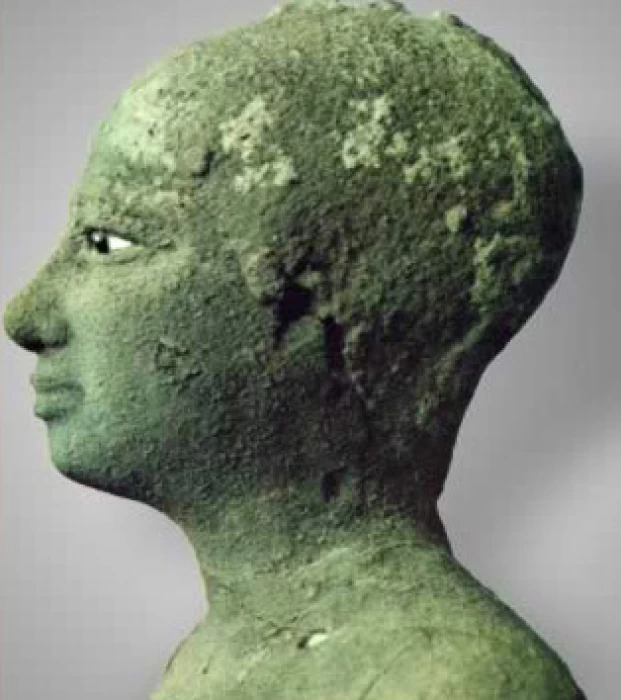
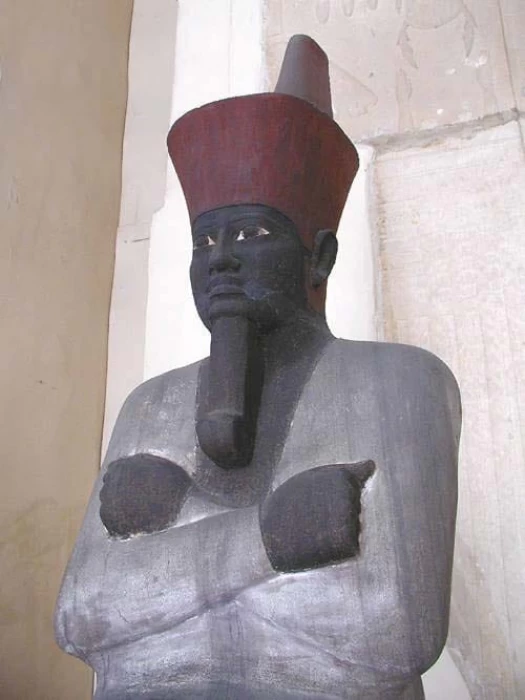
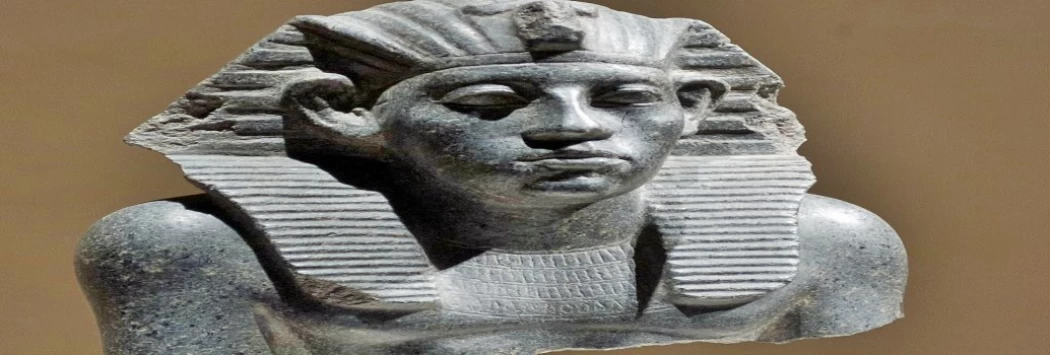
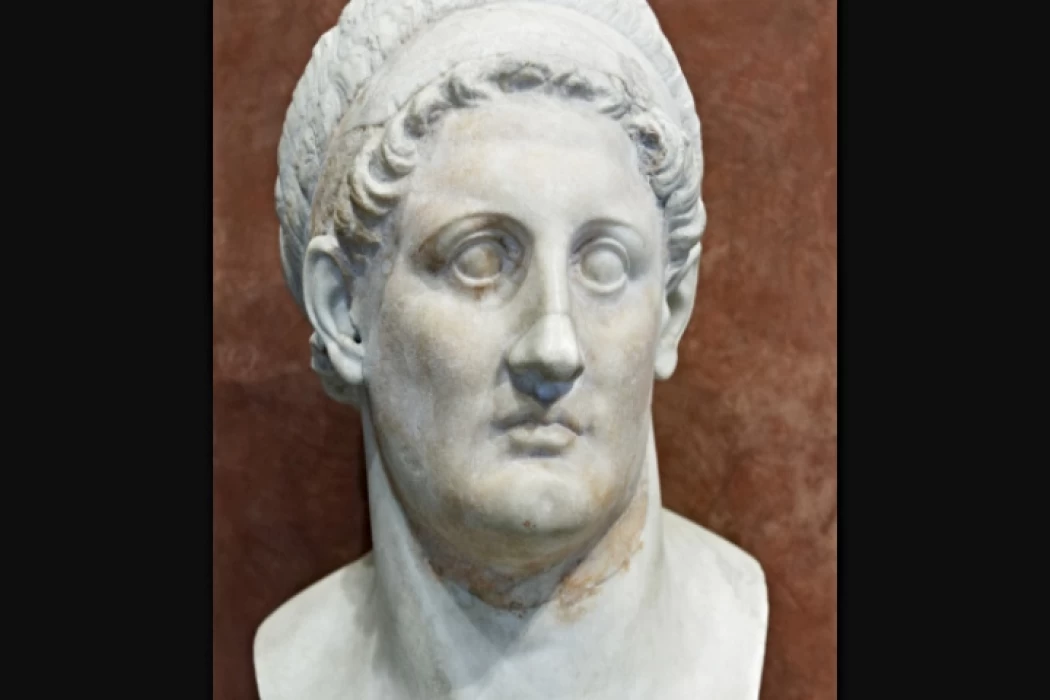
 _ ancient Egypt-webp.webp)

